Neuronal mechanism of hydrostatic pressure sensation in zooplankton
2nd NIBB-COS Heidelberg Joint Workshop
Oct 8-10, 2024
Gáspár Jékely
Centre for Organismal Studies, Heidelberg University
@jekely@biologists.social
Emerging marine model organisms
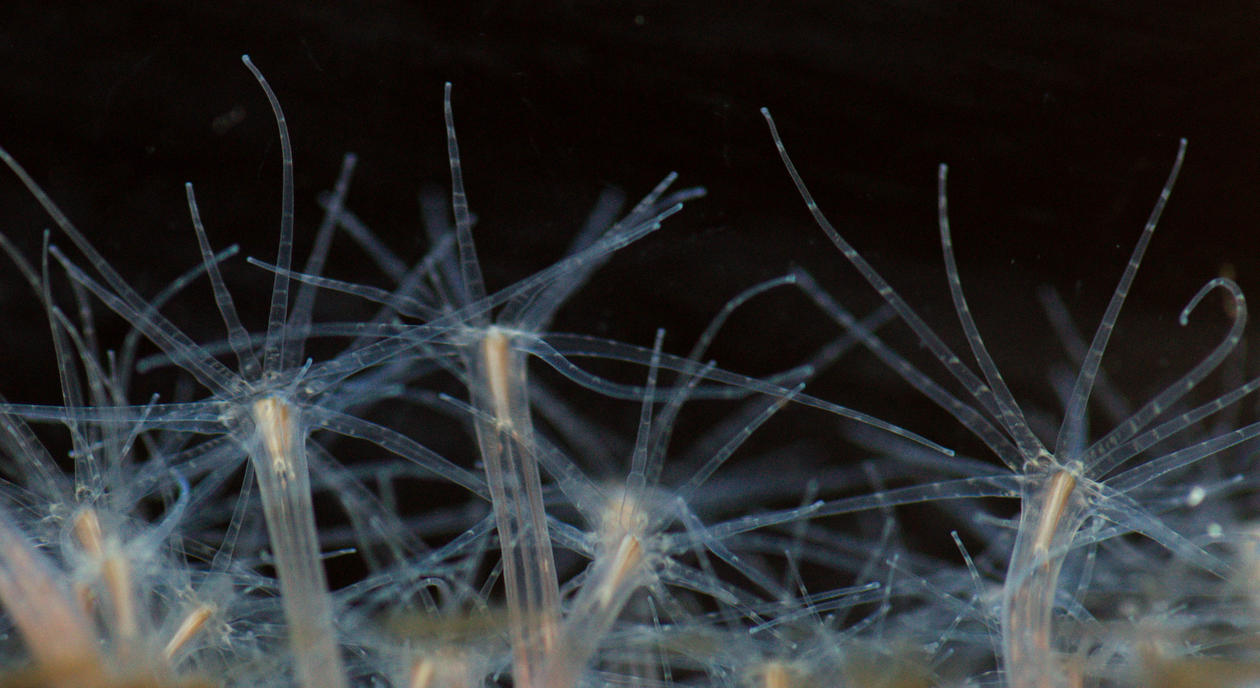
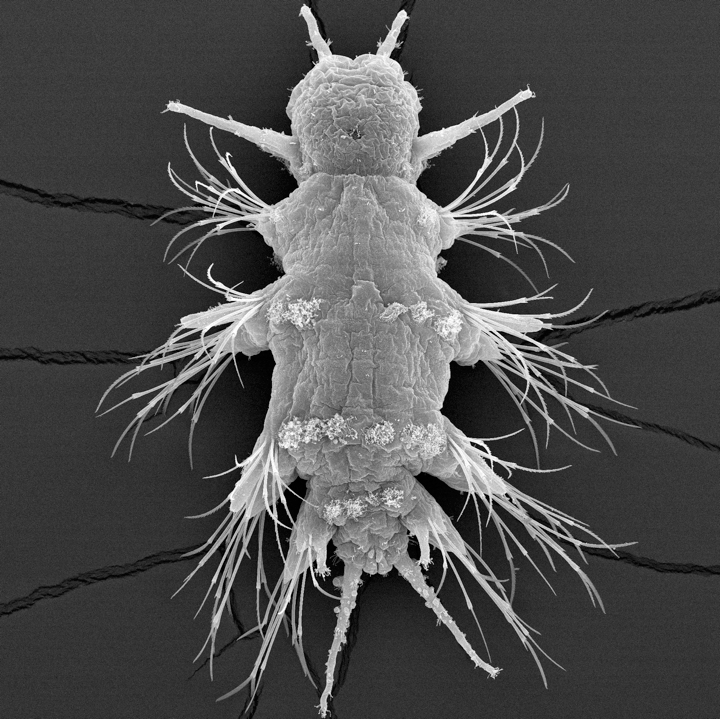
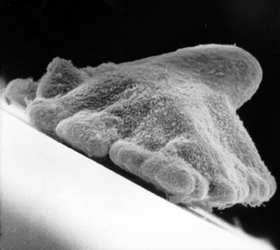
Image: Patrick Steinmetz
Nematostella vectensis
Platynereis dumerilii
Trichoplax adhaerens
Platynereis dumerilii
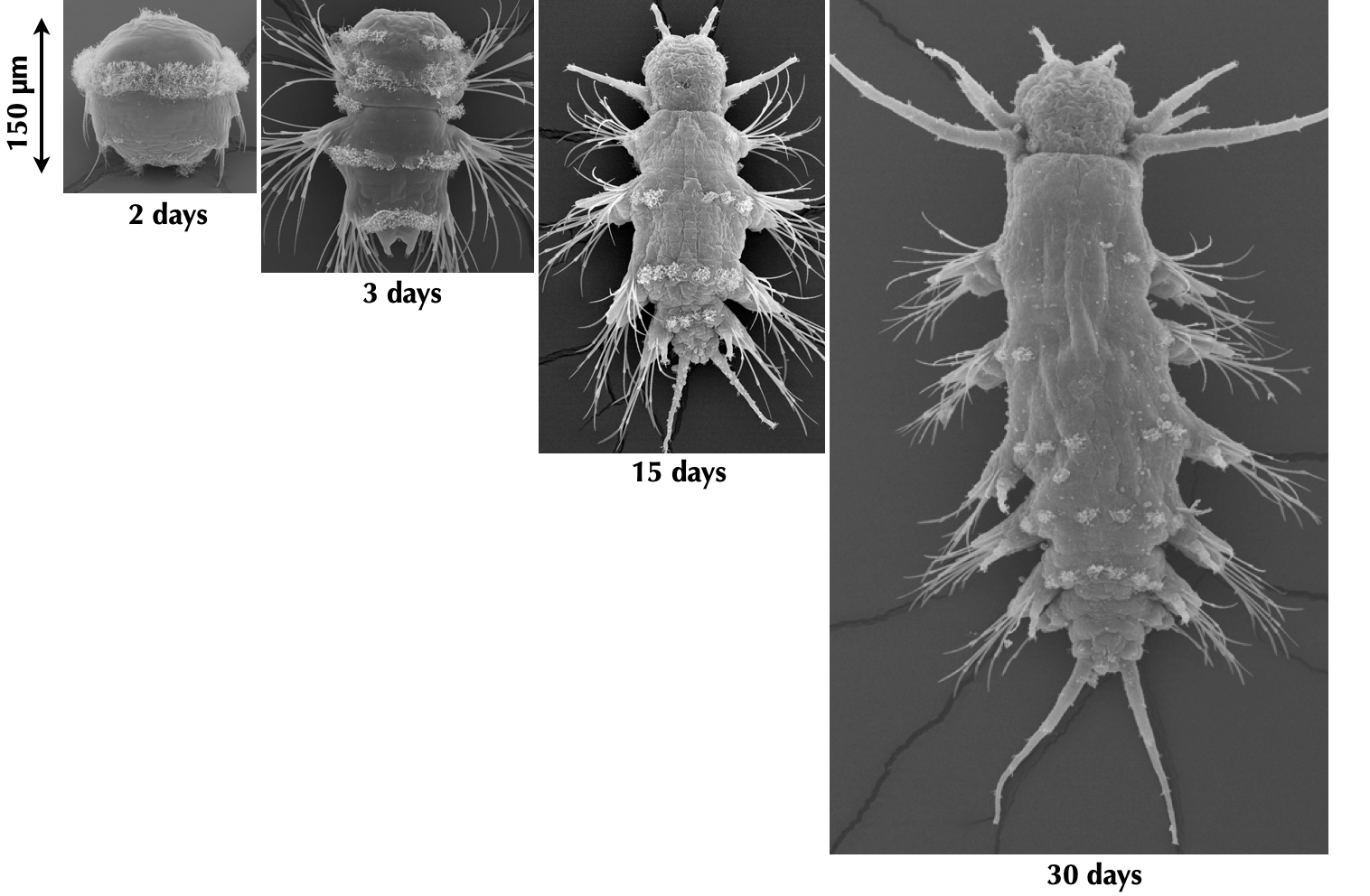
- breeding culture, full life-cycle
- embryos daily, year round
- genome sequence
- microinjection, transgenesis
- neuron-specific promoters and antibodies
- knock-out lines
- neuronal connectome
- whole-body neuronal activity imaging
- whole-animal pharmacology by bath application 😎
Platynereis dumerilii
Spawning
movie by Albrecht Fischer
Synchronously developing larvae
Pressure response in Platynereis larvae
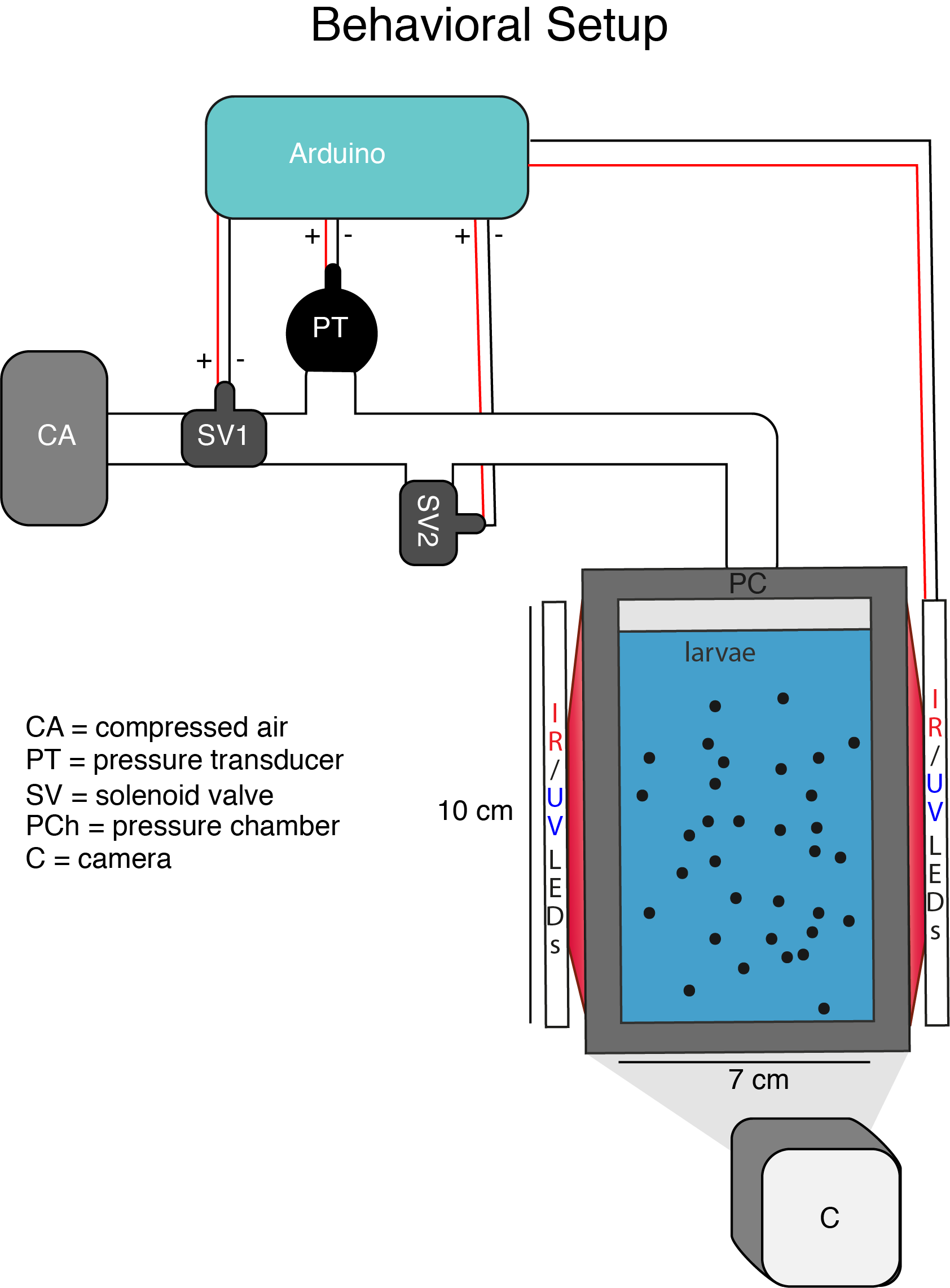
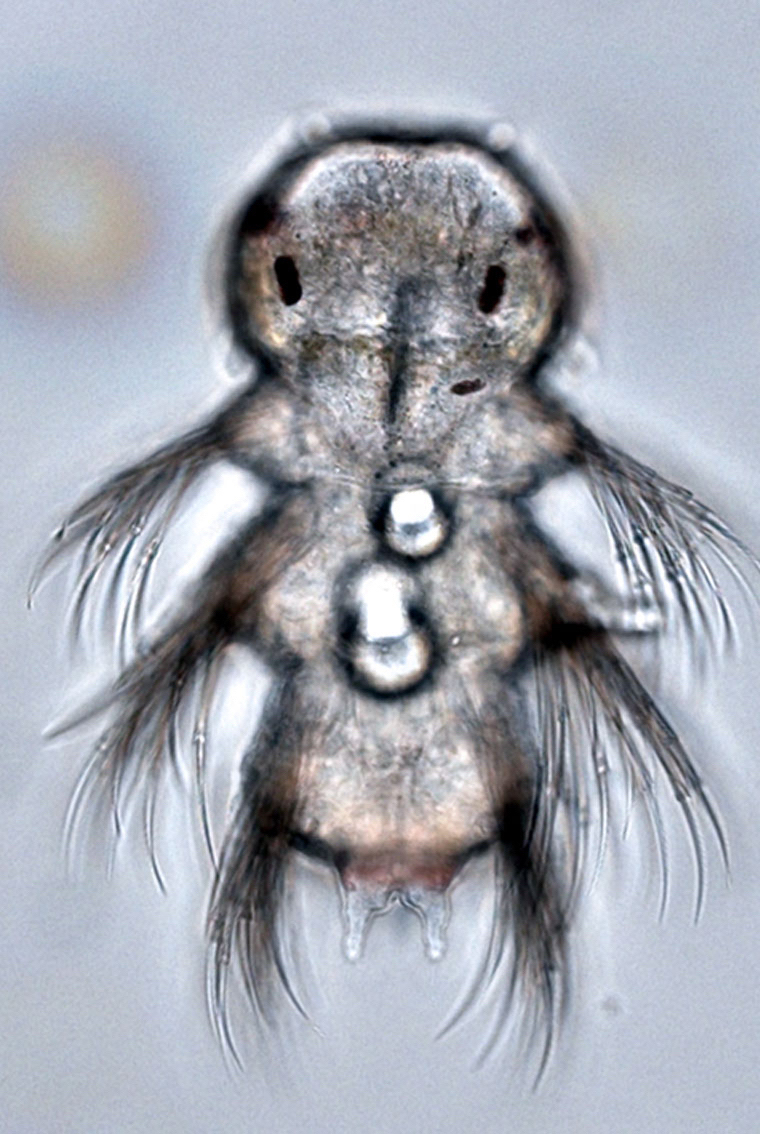
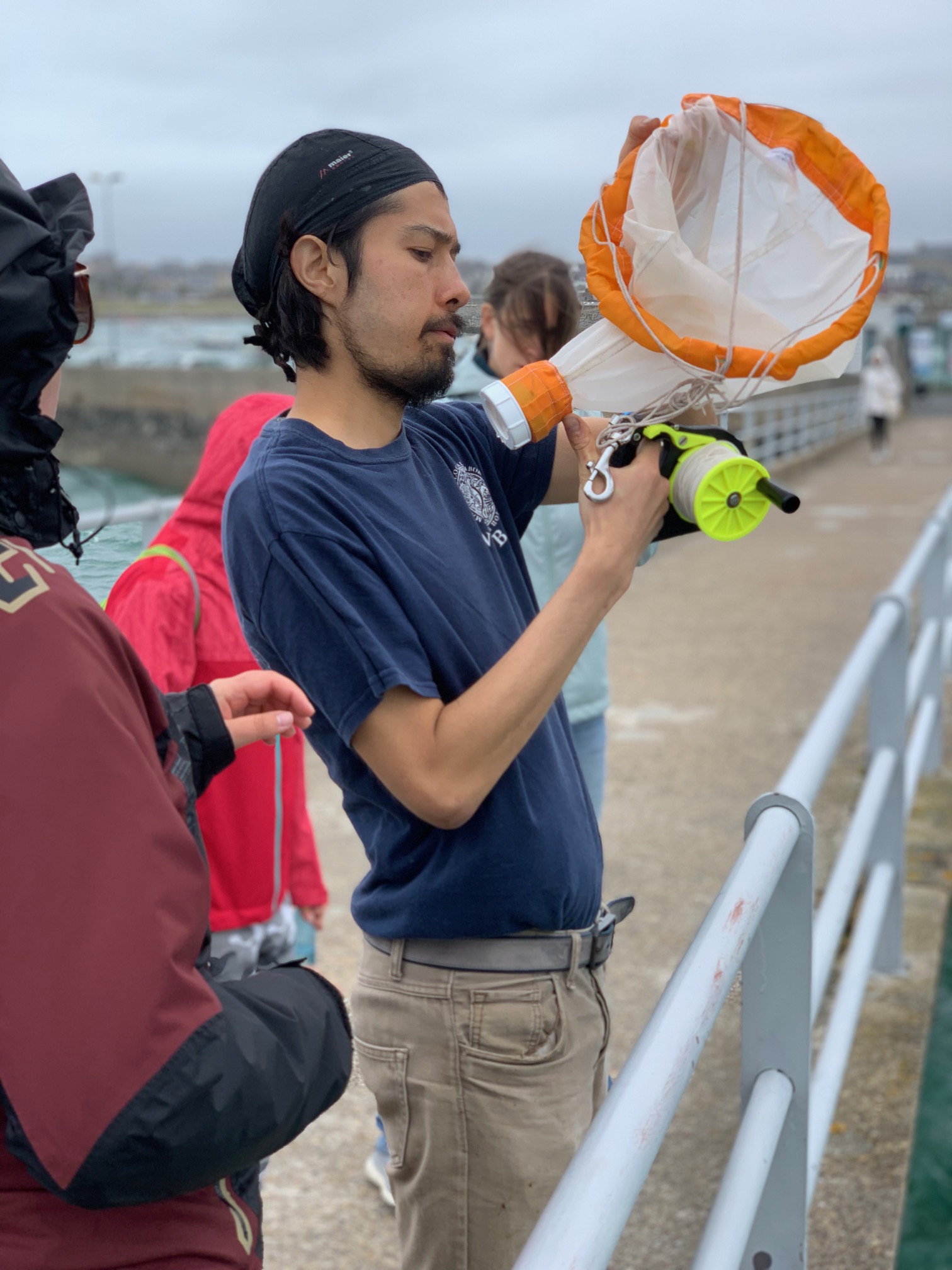
Precise control of pressure in the pressure chamber

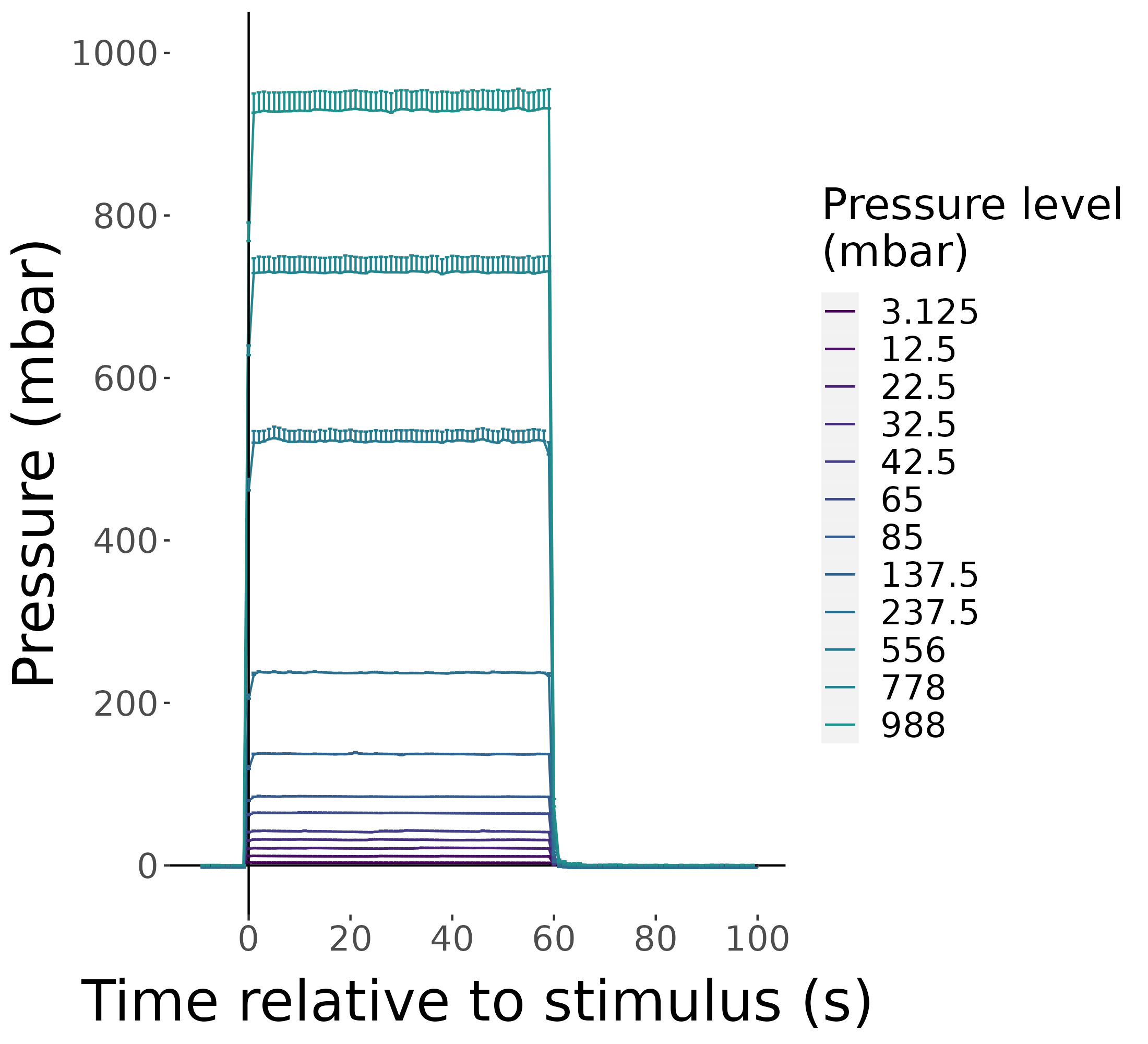
Pressure response is graded
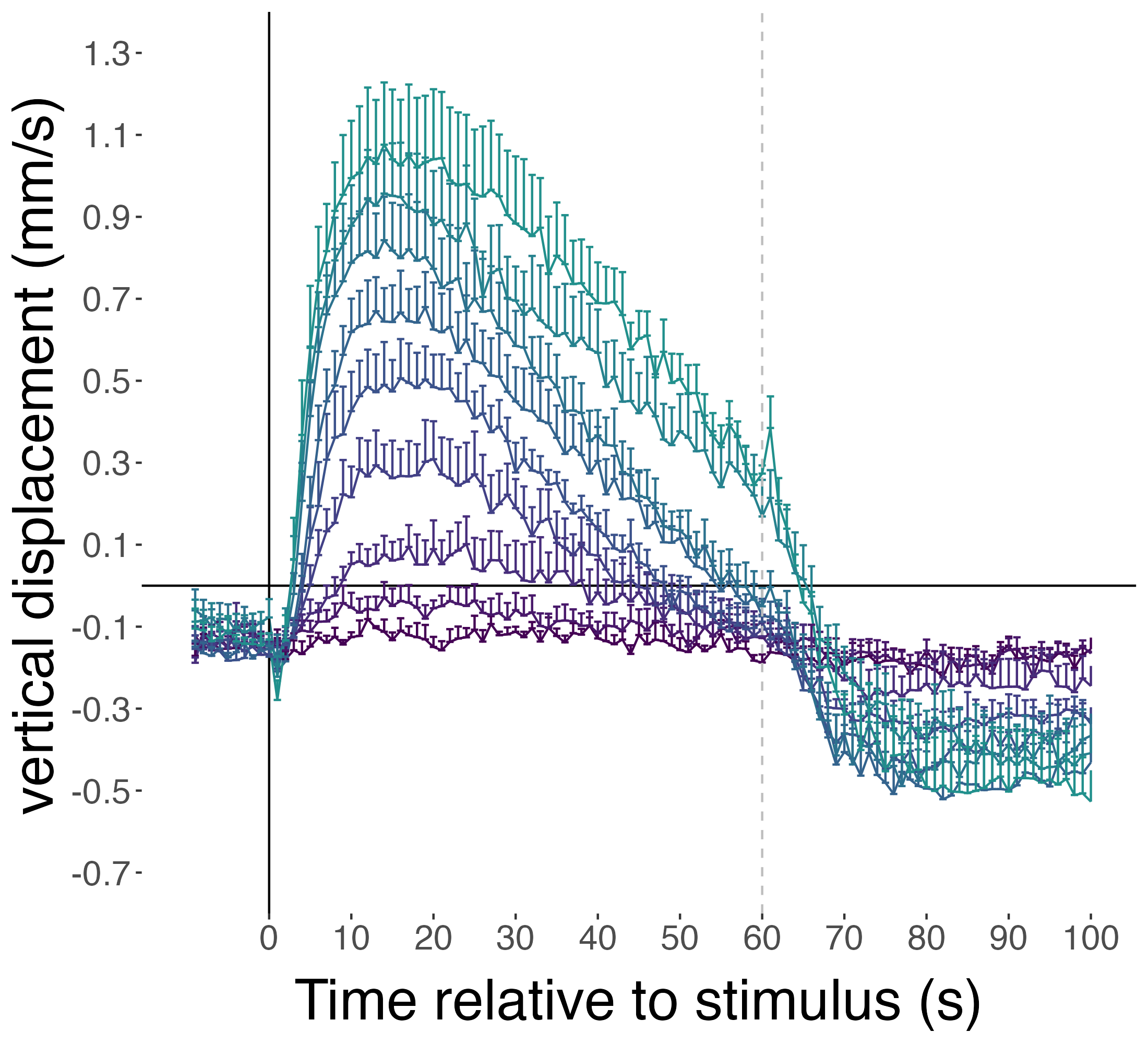
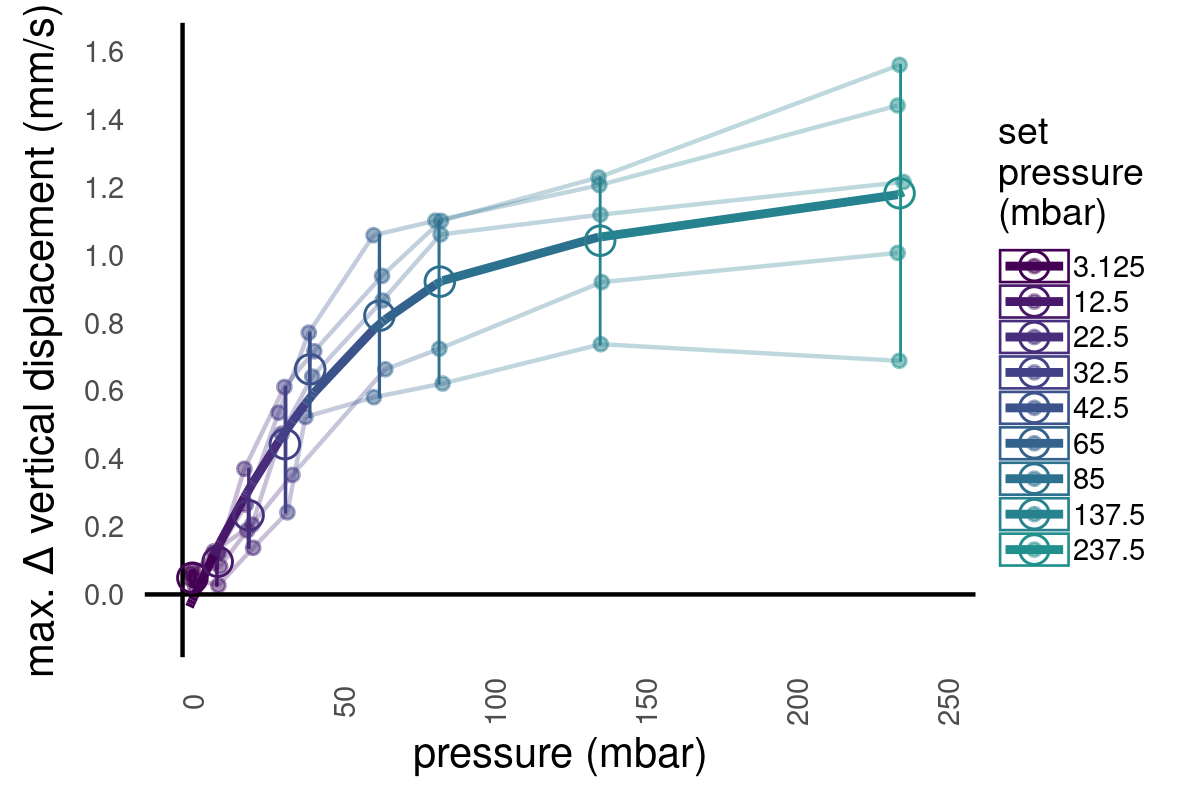
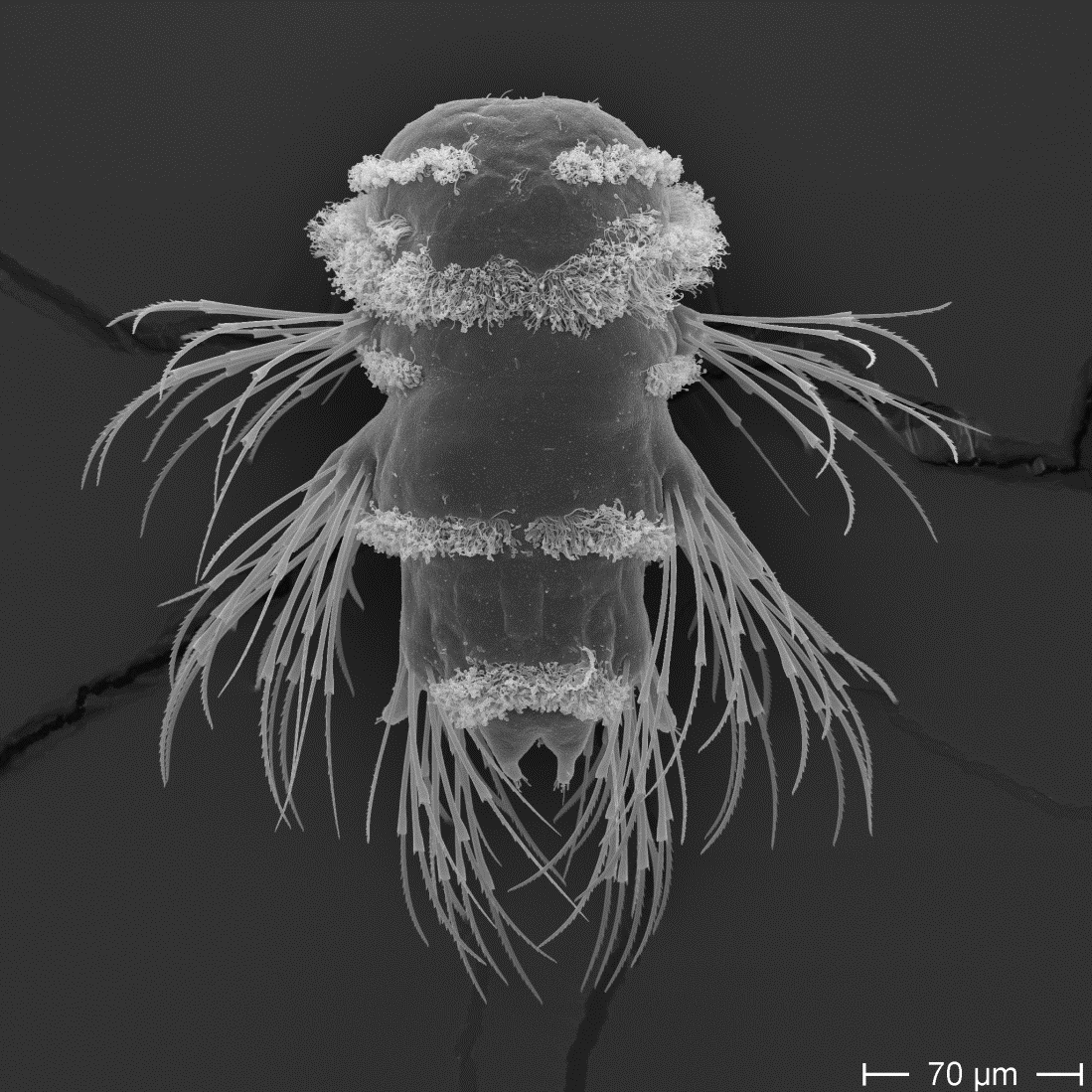
Swimming speed increases, trajectories straighten
 ctr
ctr
 pressure
pressure
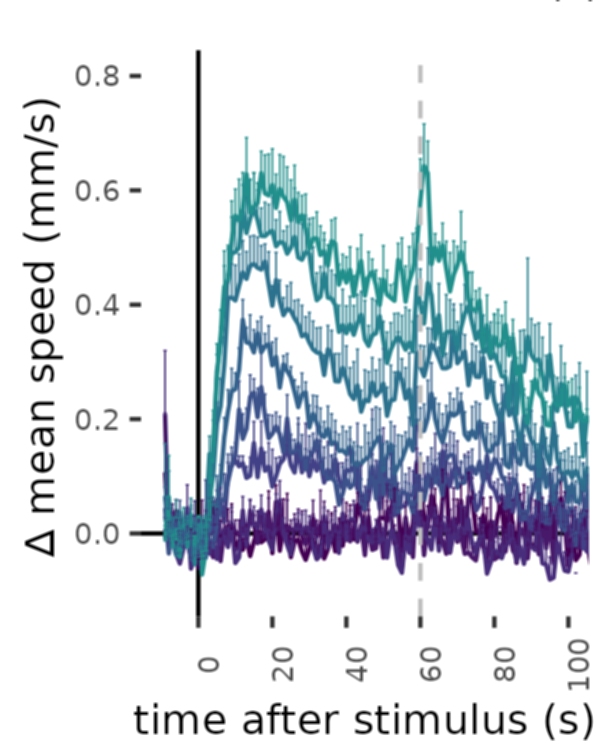

Ciliary beating increases under pressure
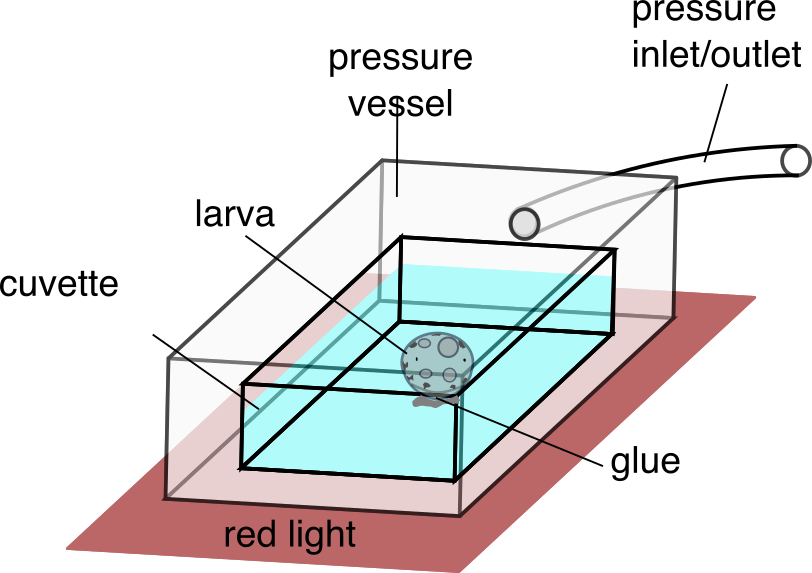
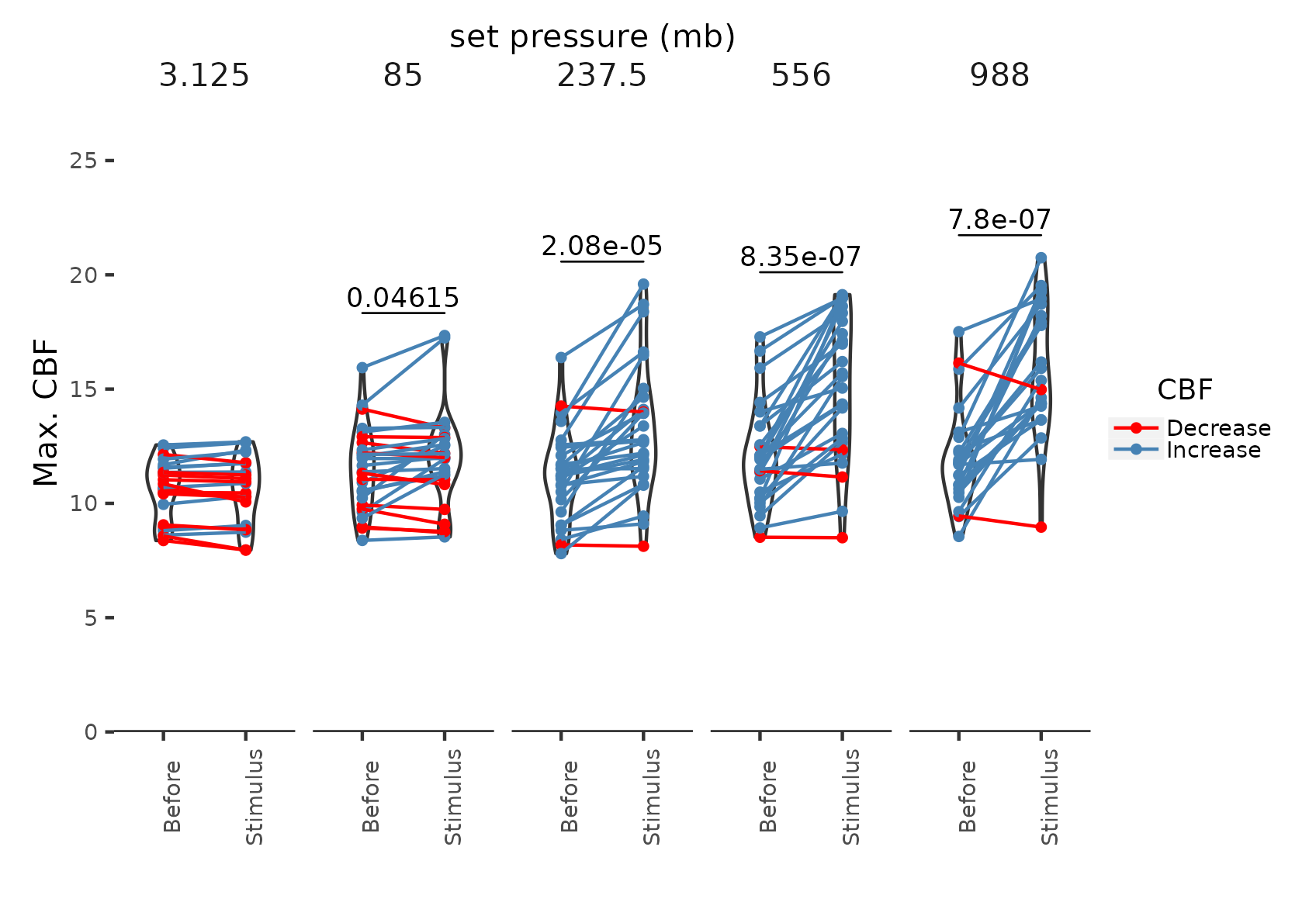

Which cells respond to pressure?
Microscopy pressure chamber 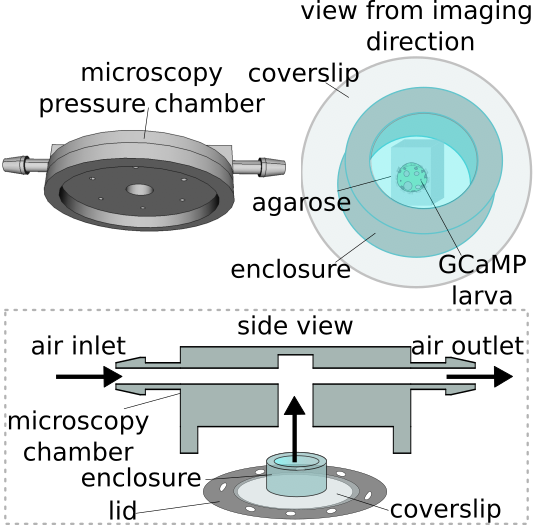
Calcium imaging 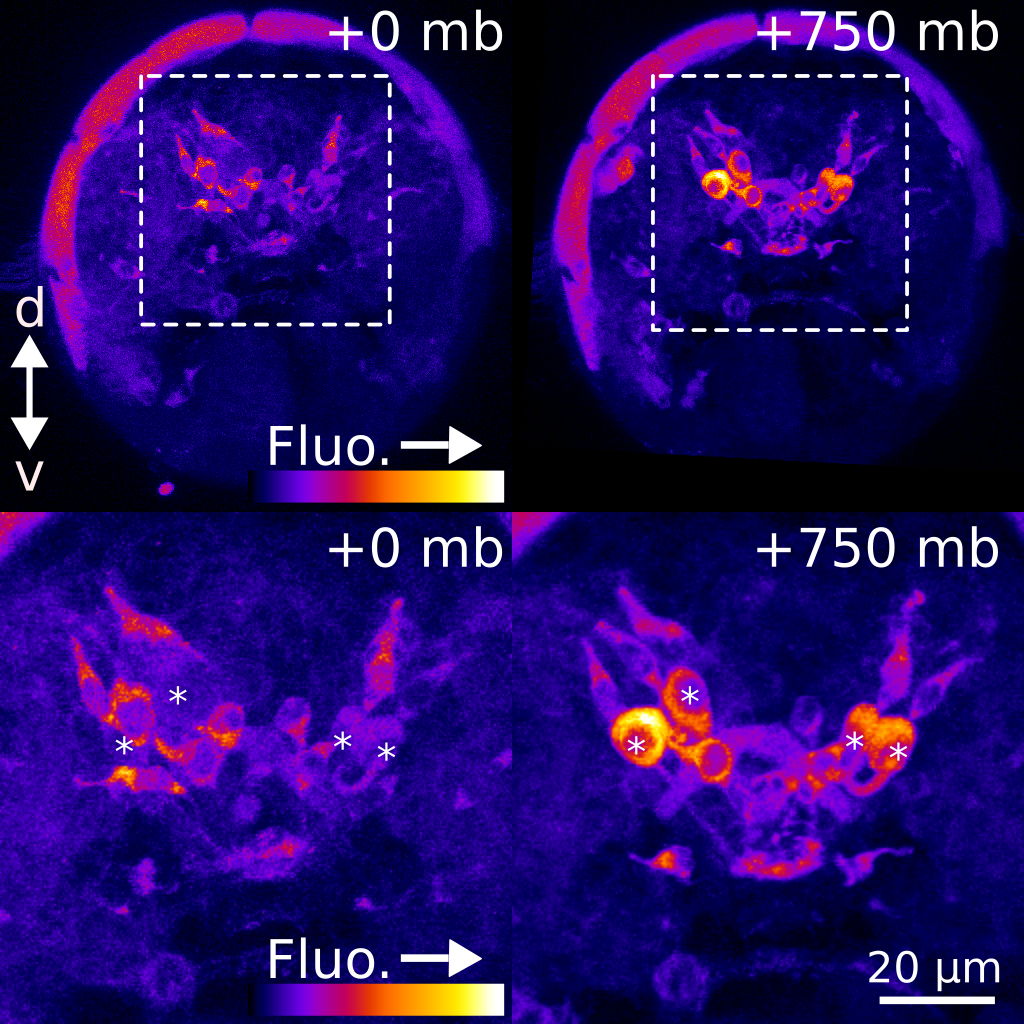
Pressure is sensed by photoreceptors with ramified cilia

Photoreceptor responses to pressure are graded
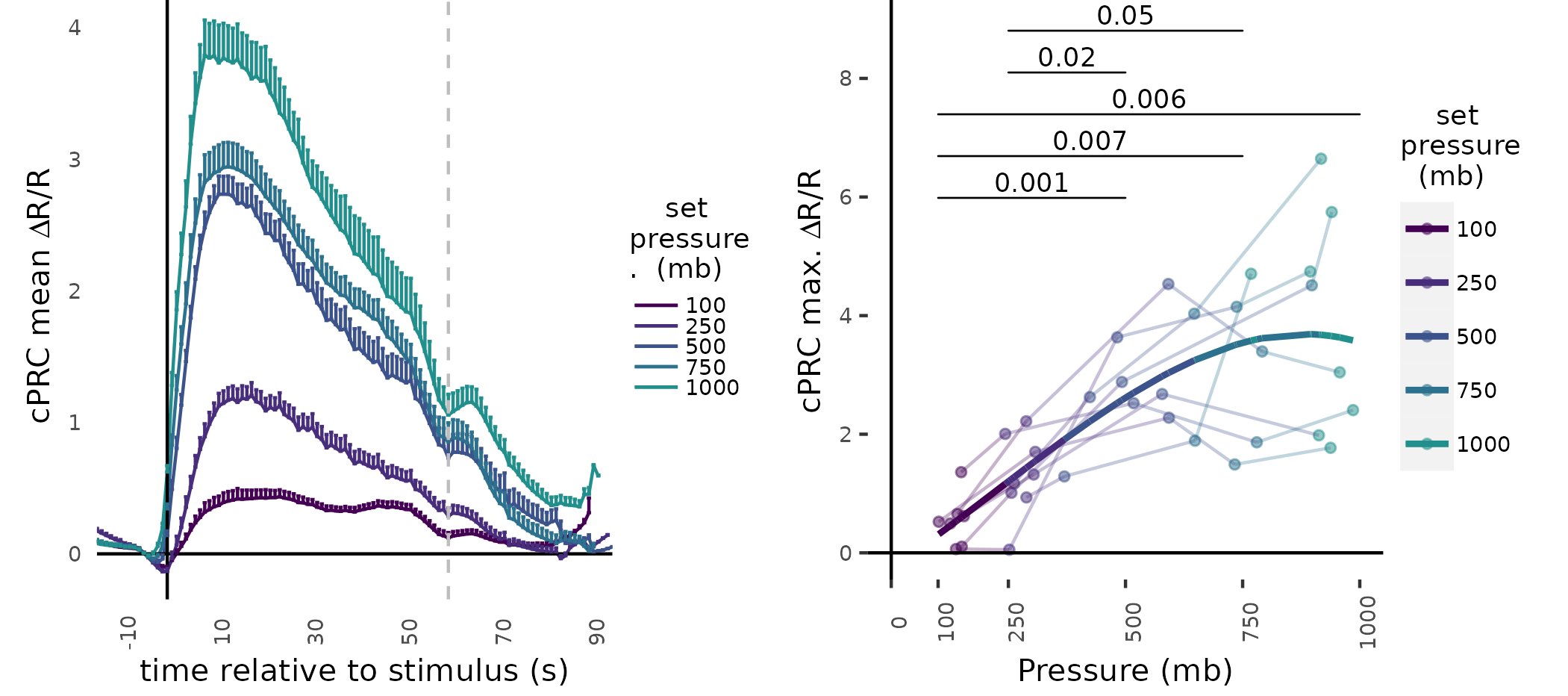
Defects of pressure response in c-opsin1 mutants
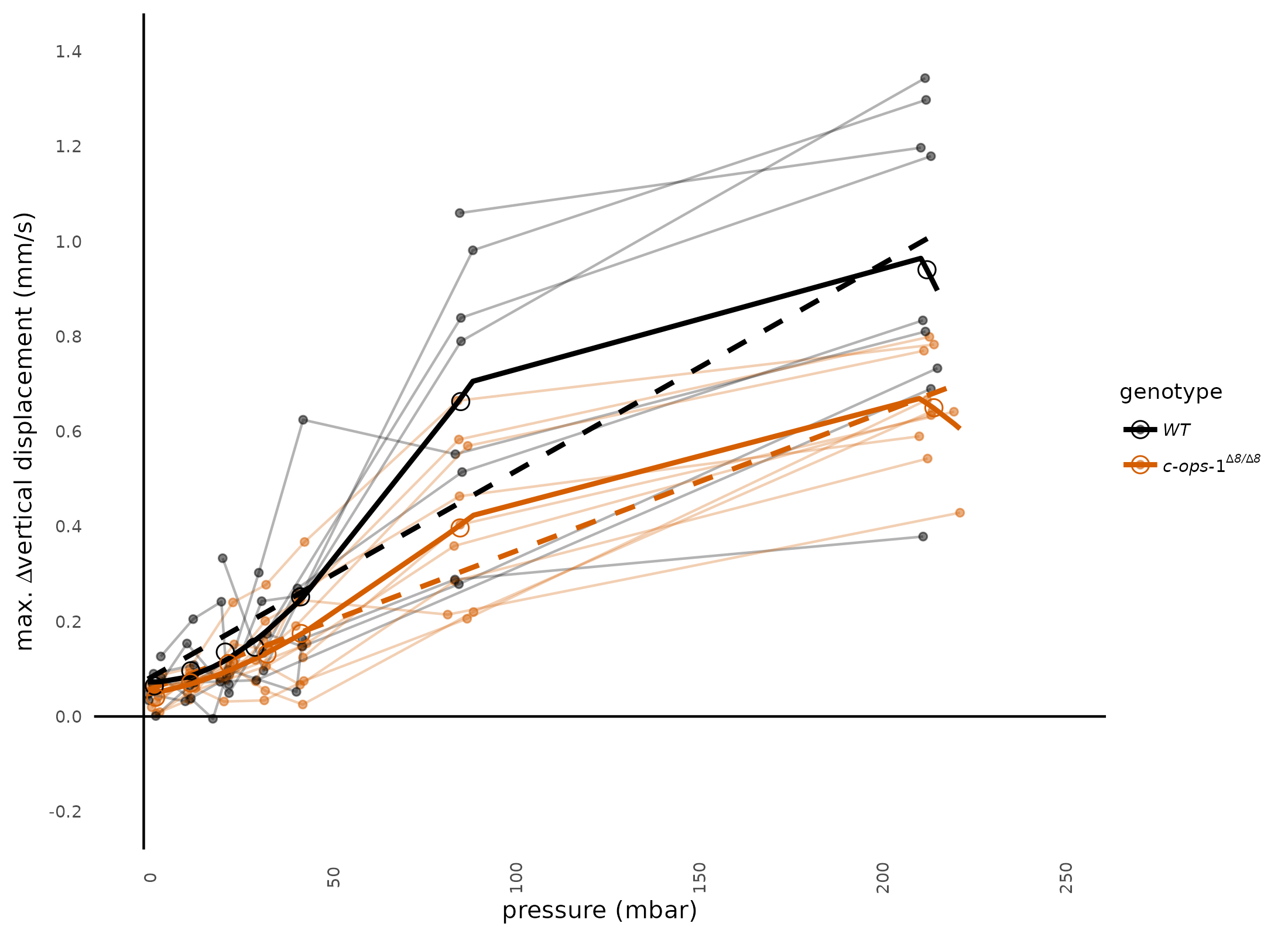
Reduced ciliary compartment in c-opsin1 mutants
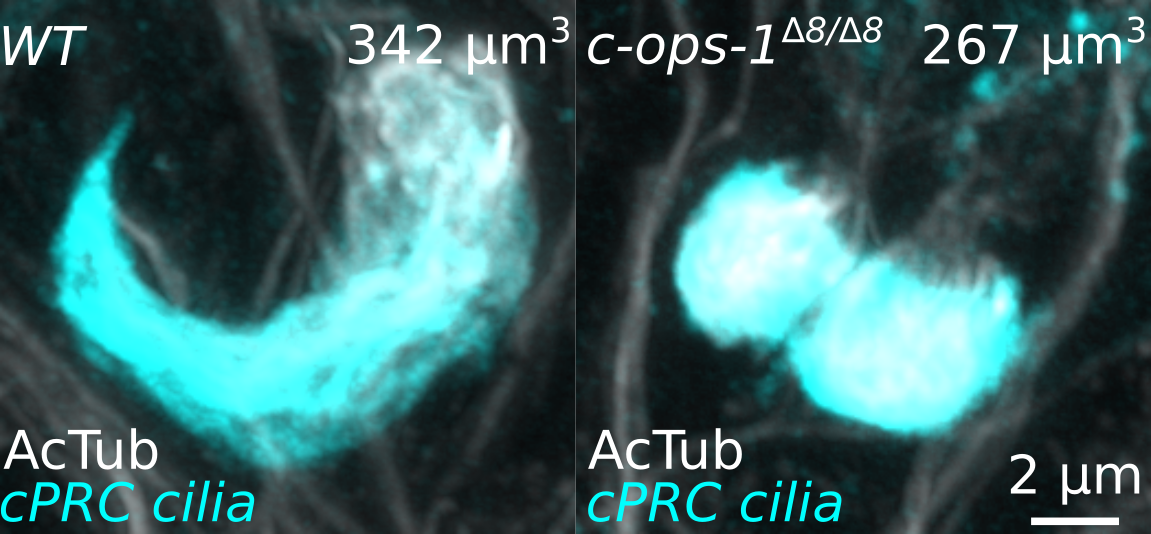
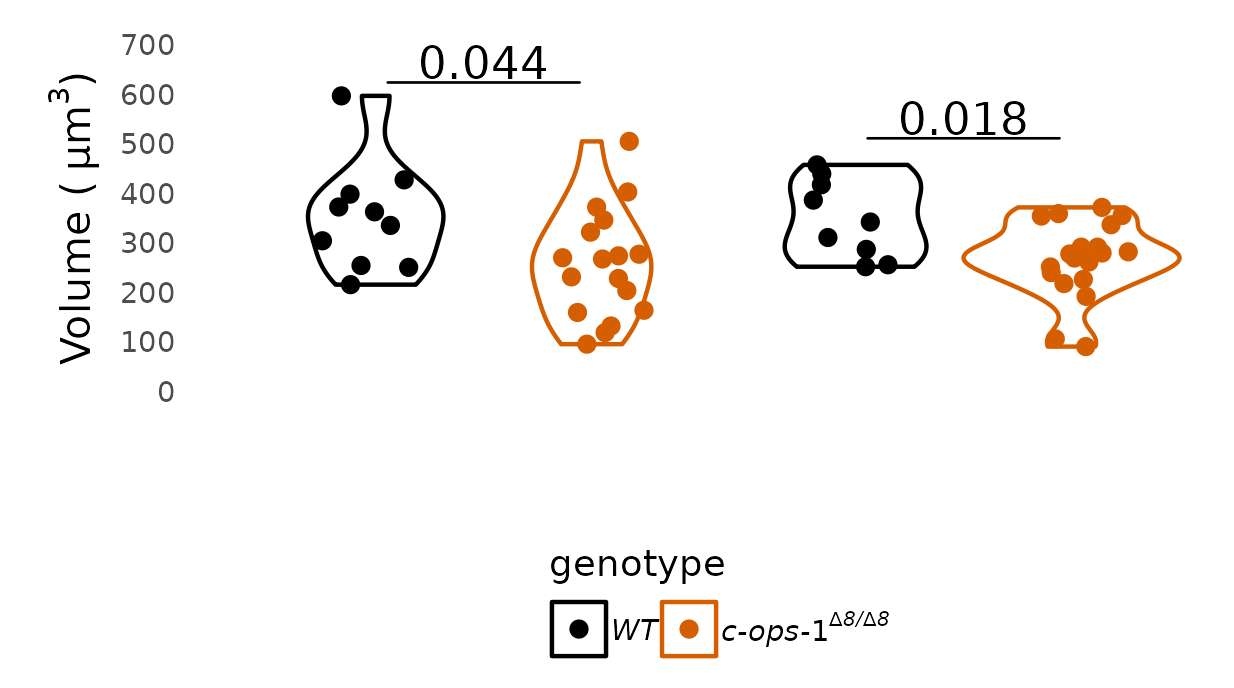
Defects of ciliary ultrastructure in c-opsin1 mutants
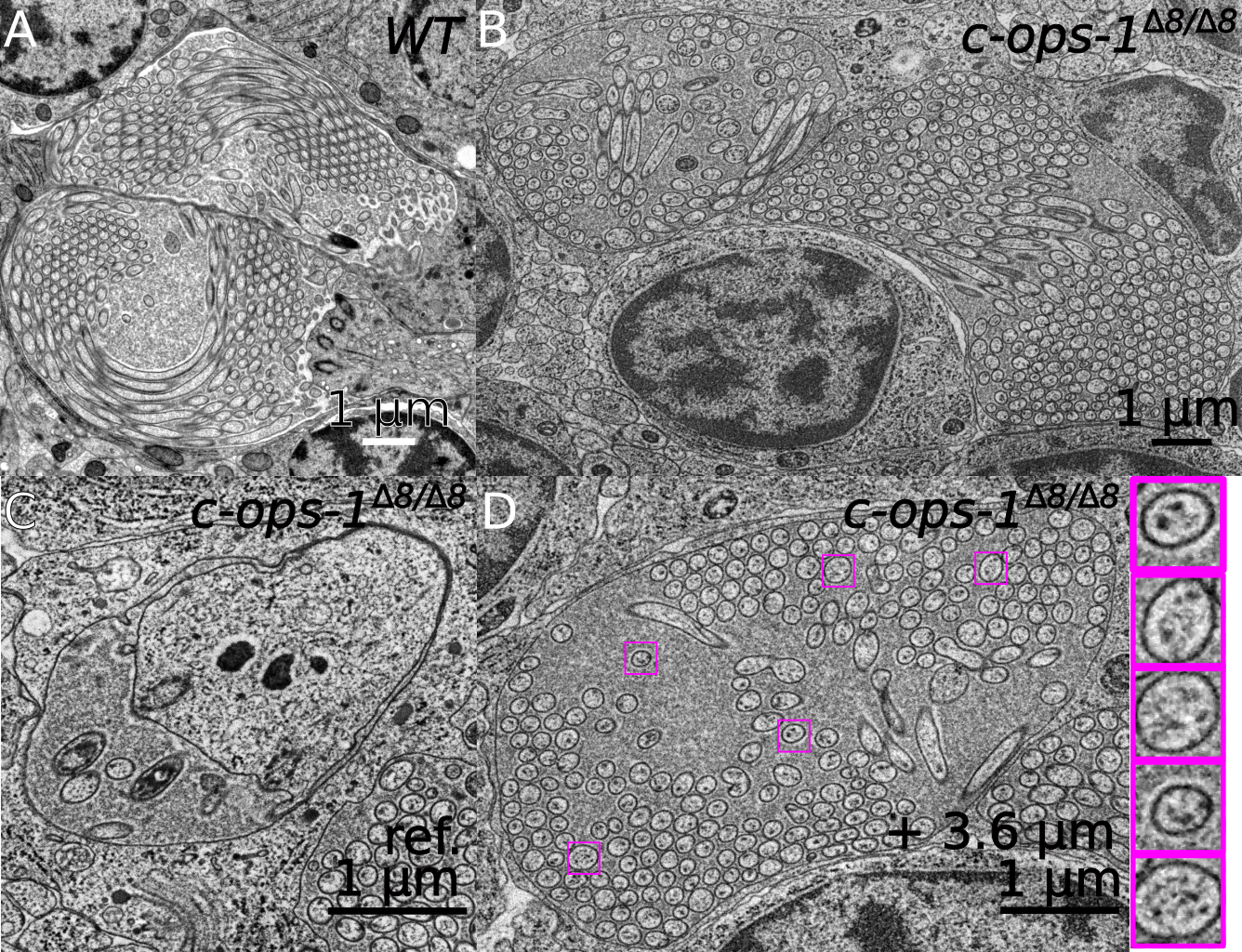
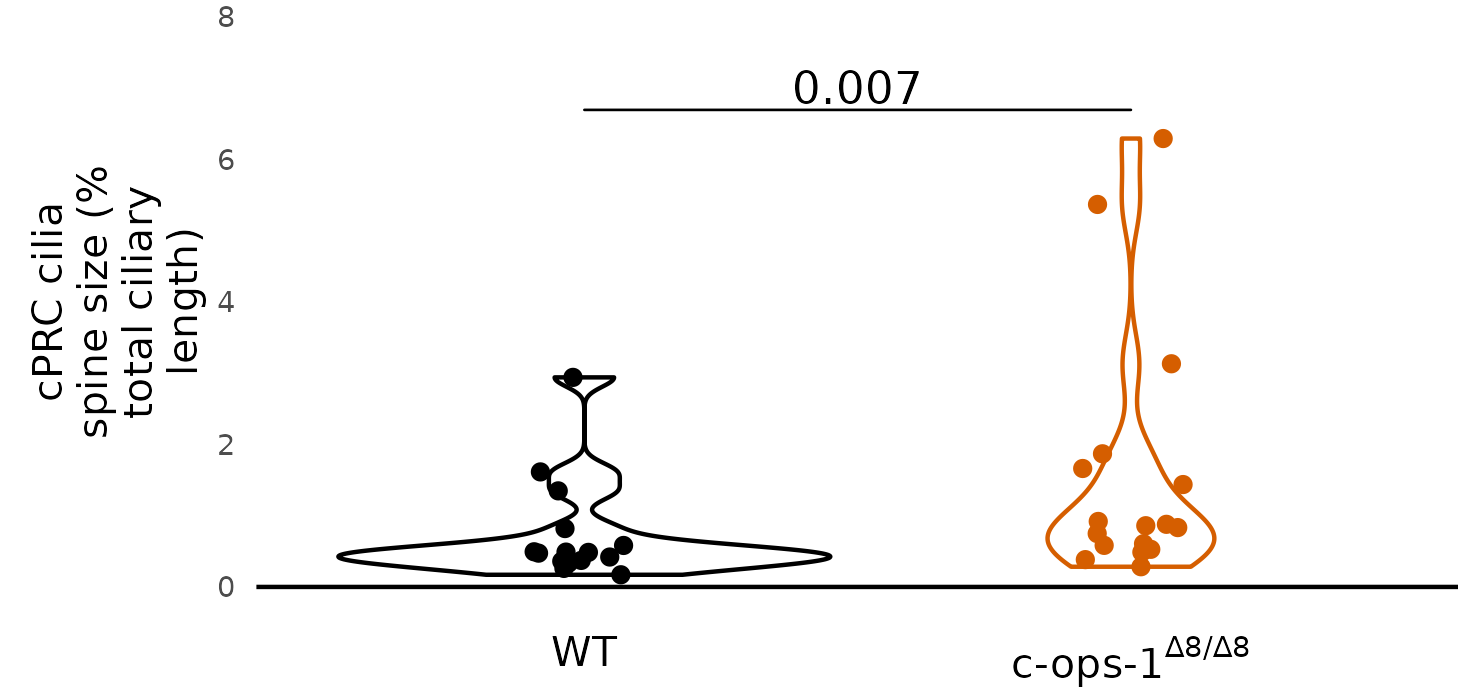
Whole-body volume EM of an entire three-day-old larva
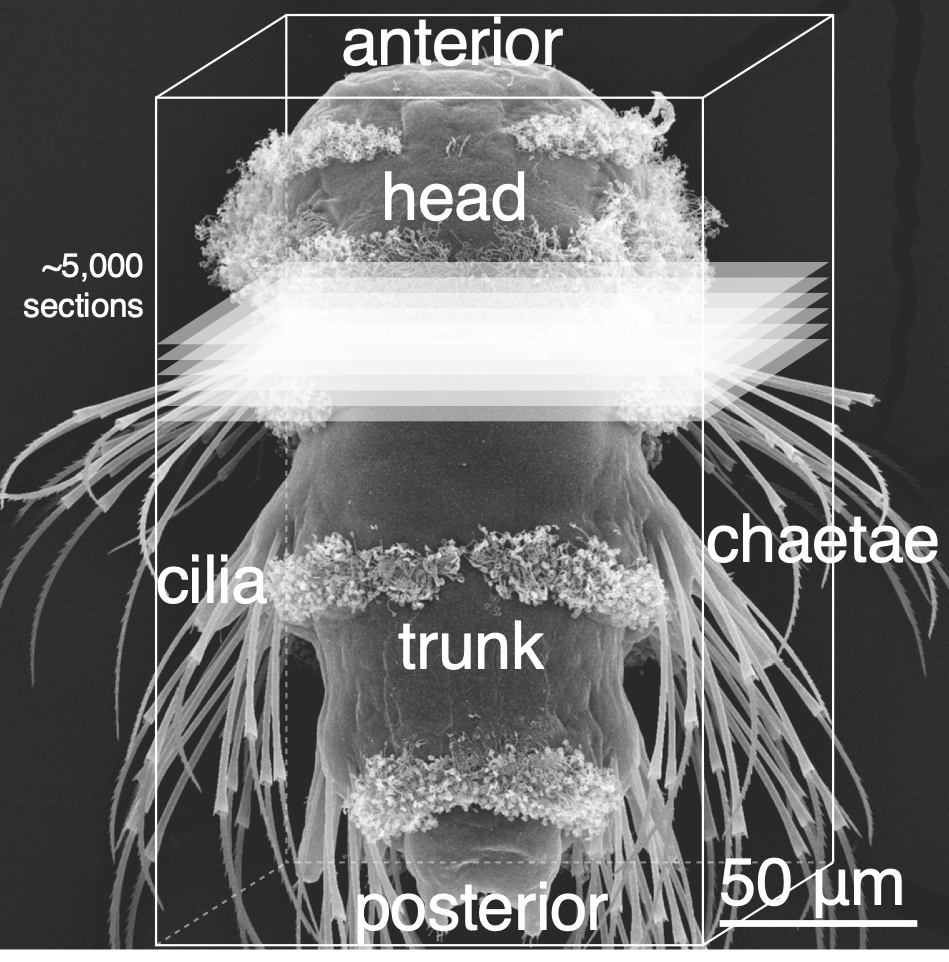
Volume EM with Array Tomograpy
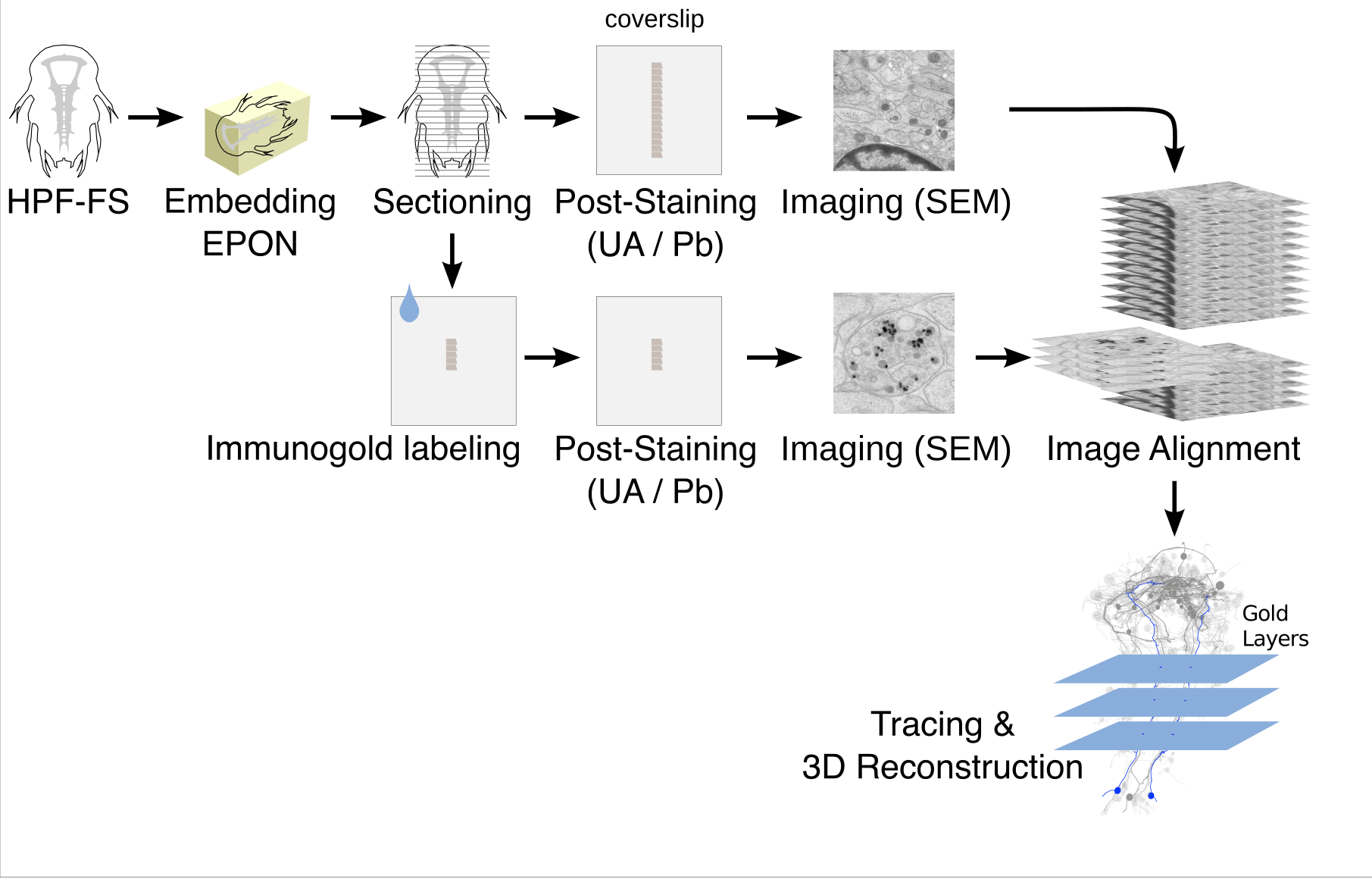
Réza Shahidi, EMCF
Array tomography workflow
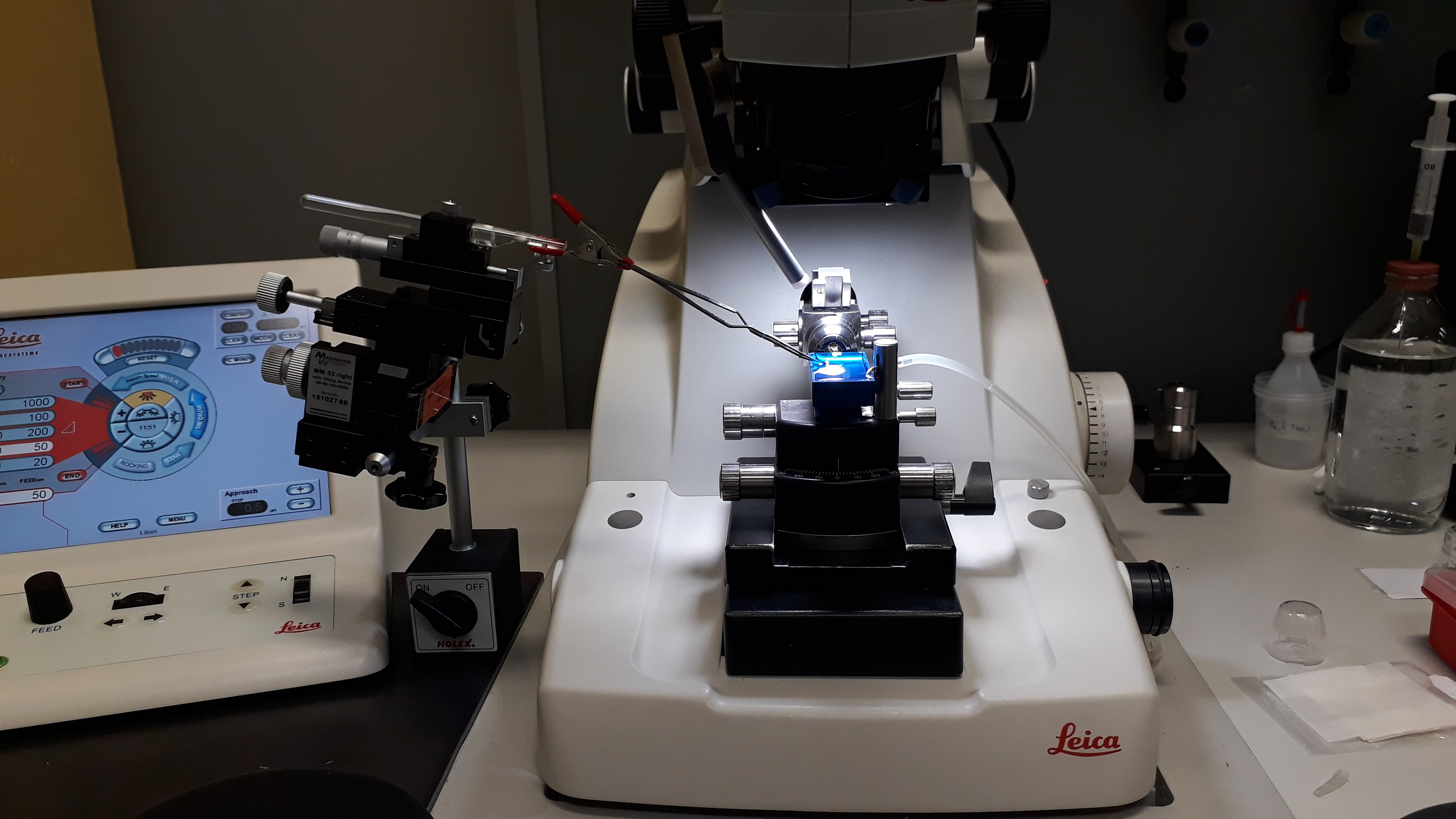
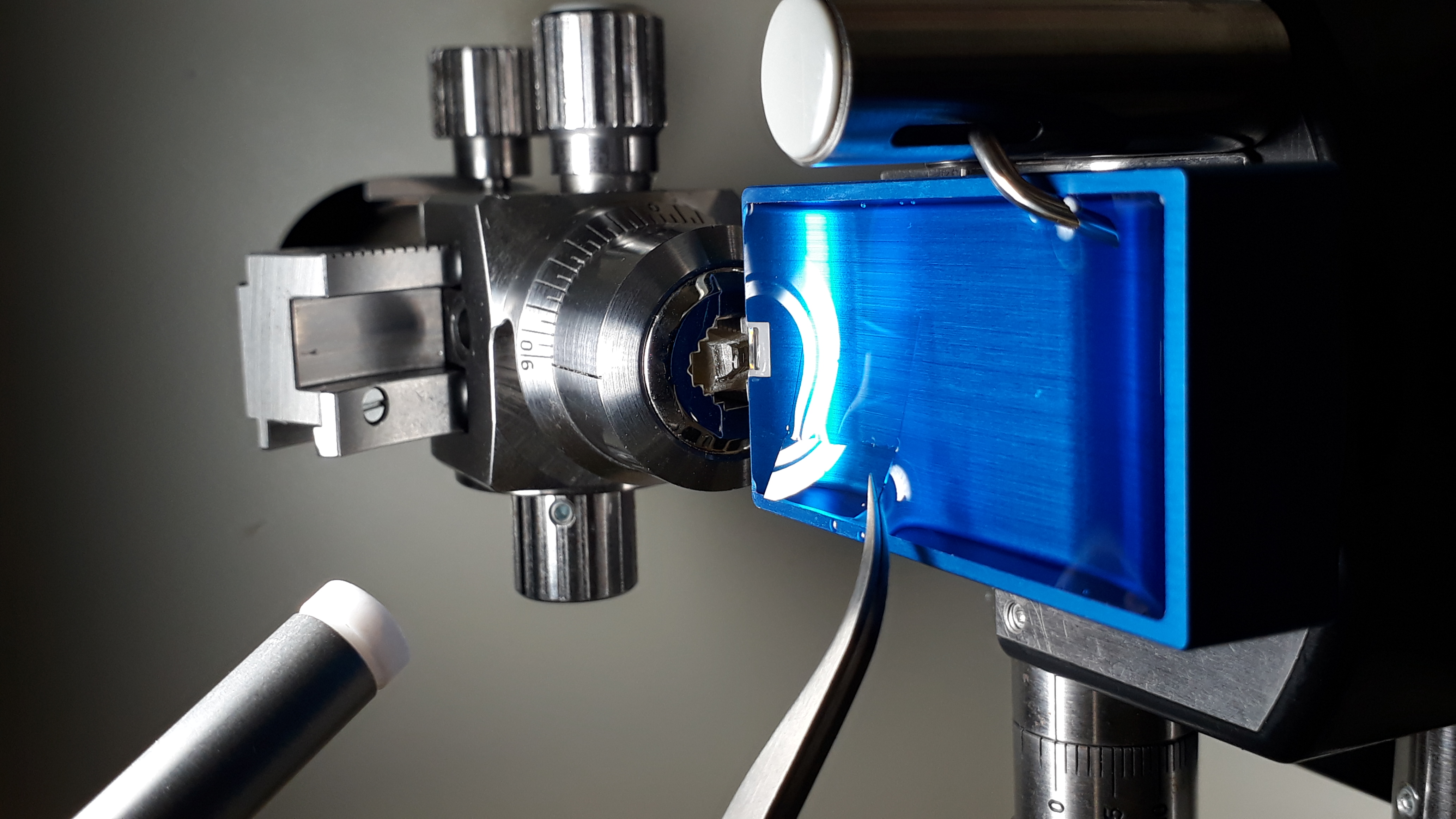
Array tomography workflow
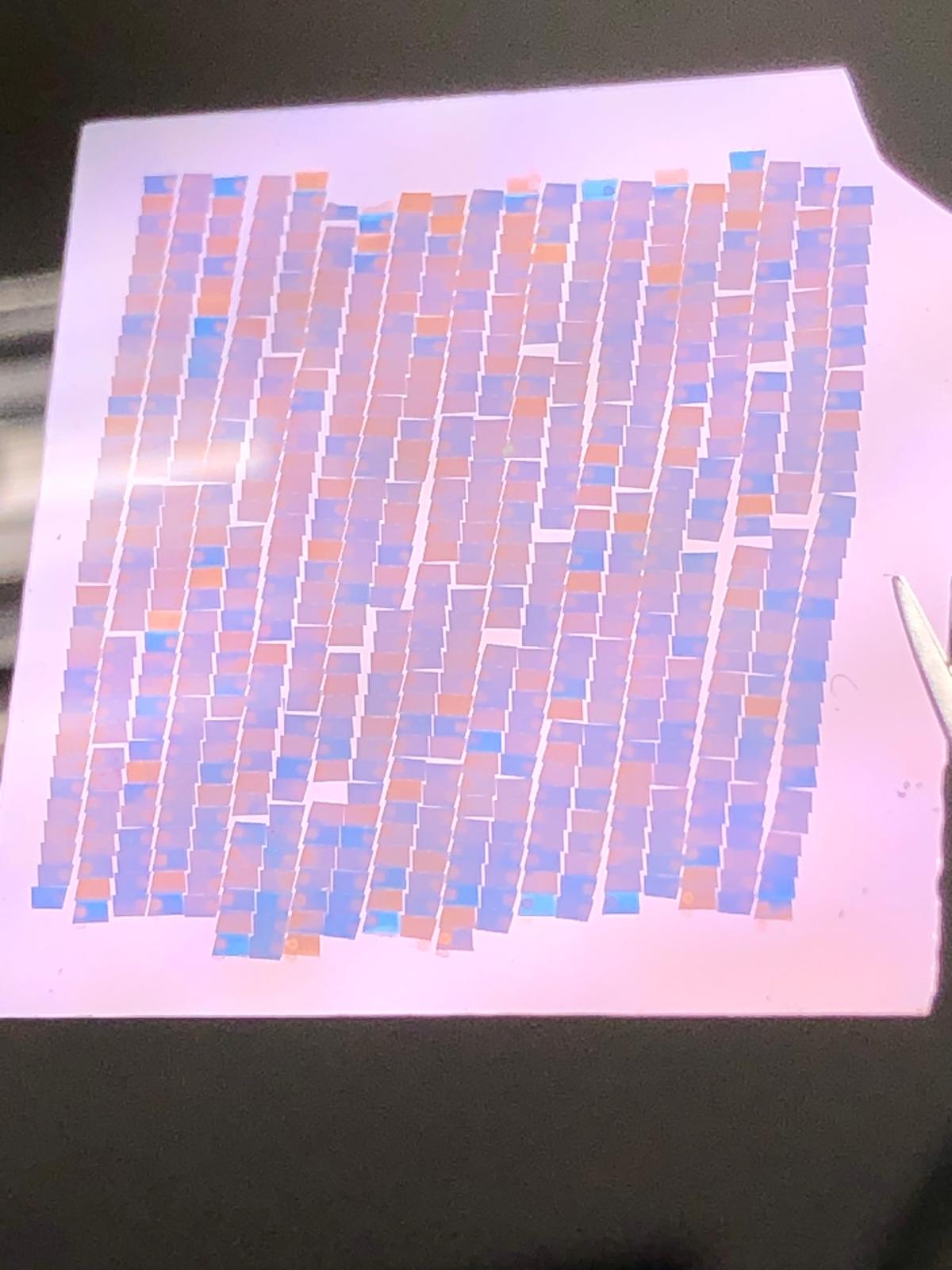
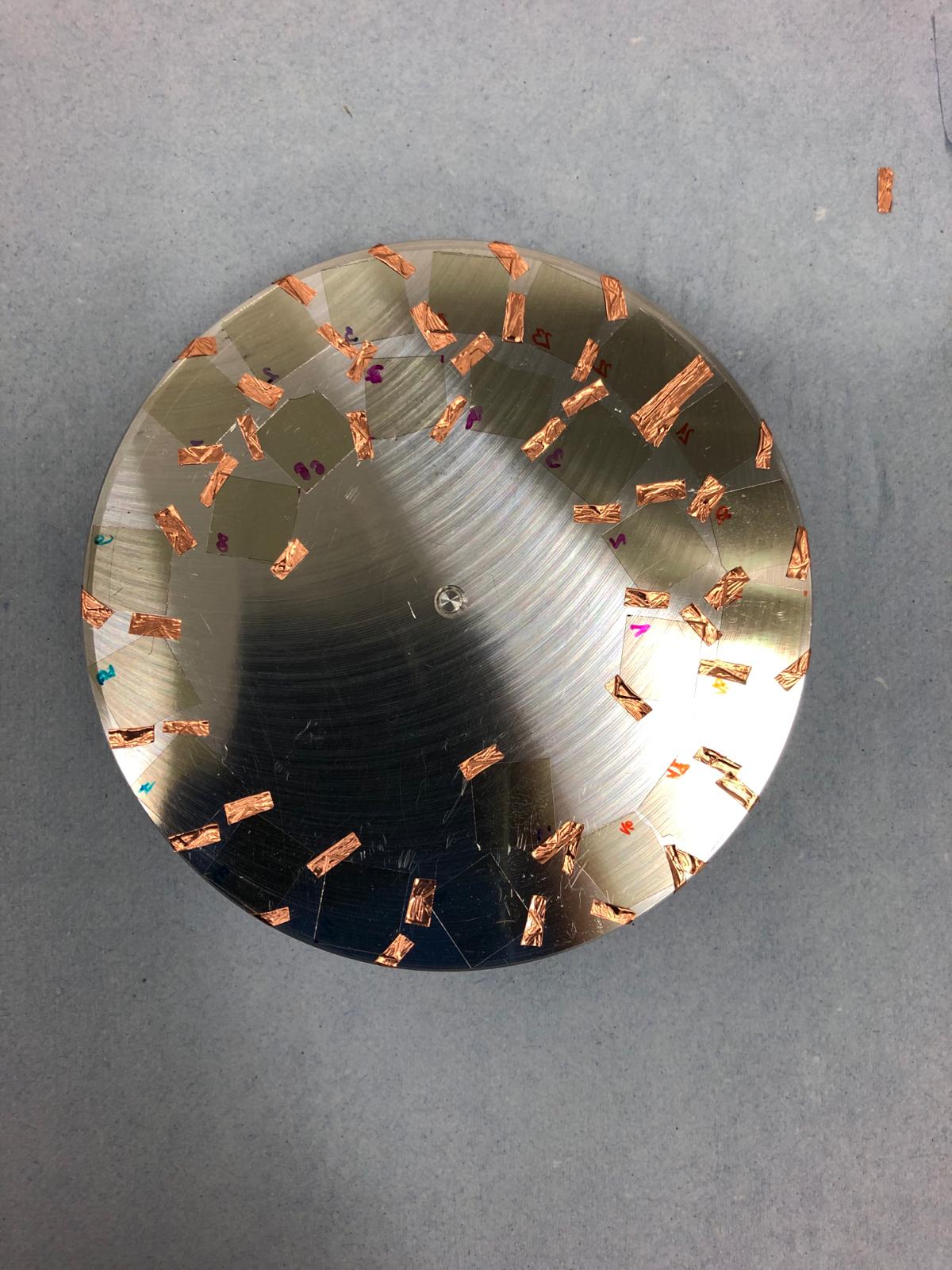
Alexandra Kerbl, COS
Array tomography workflow
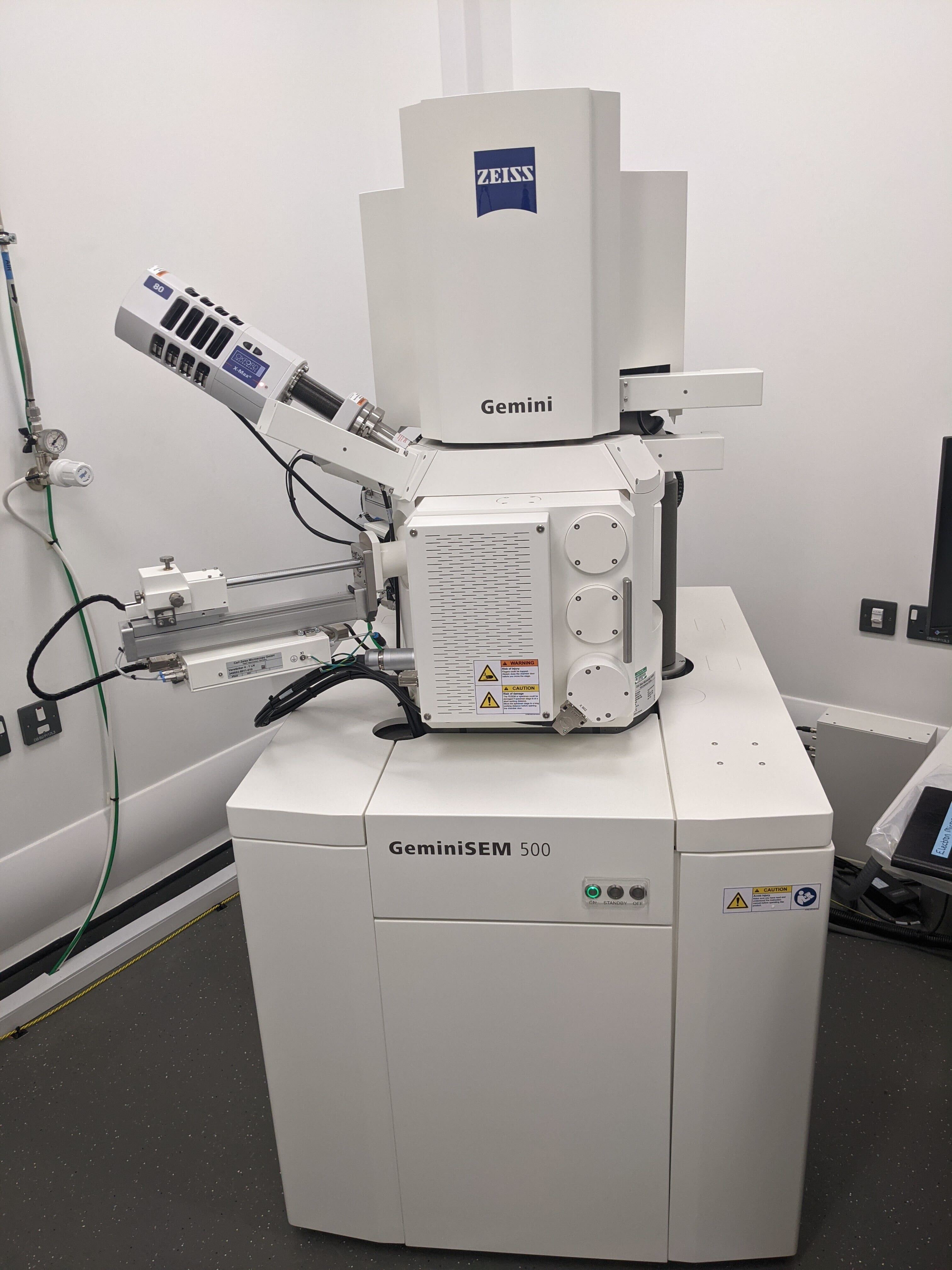
Array tomography workflow
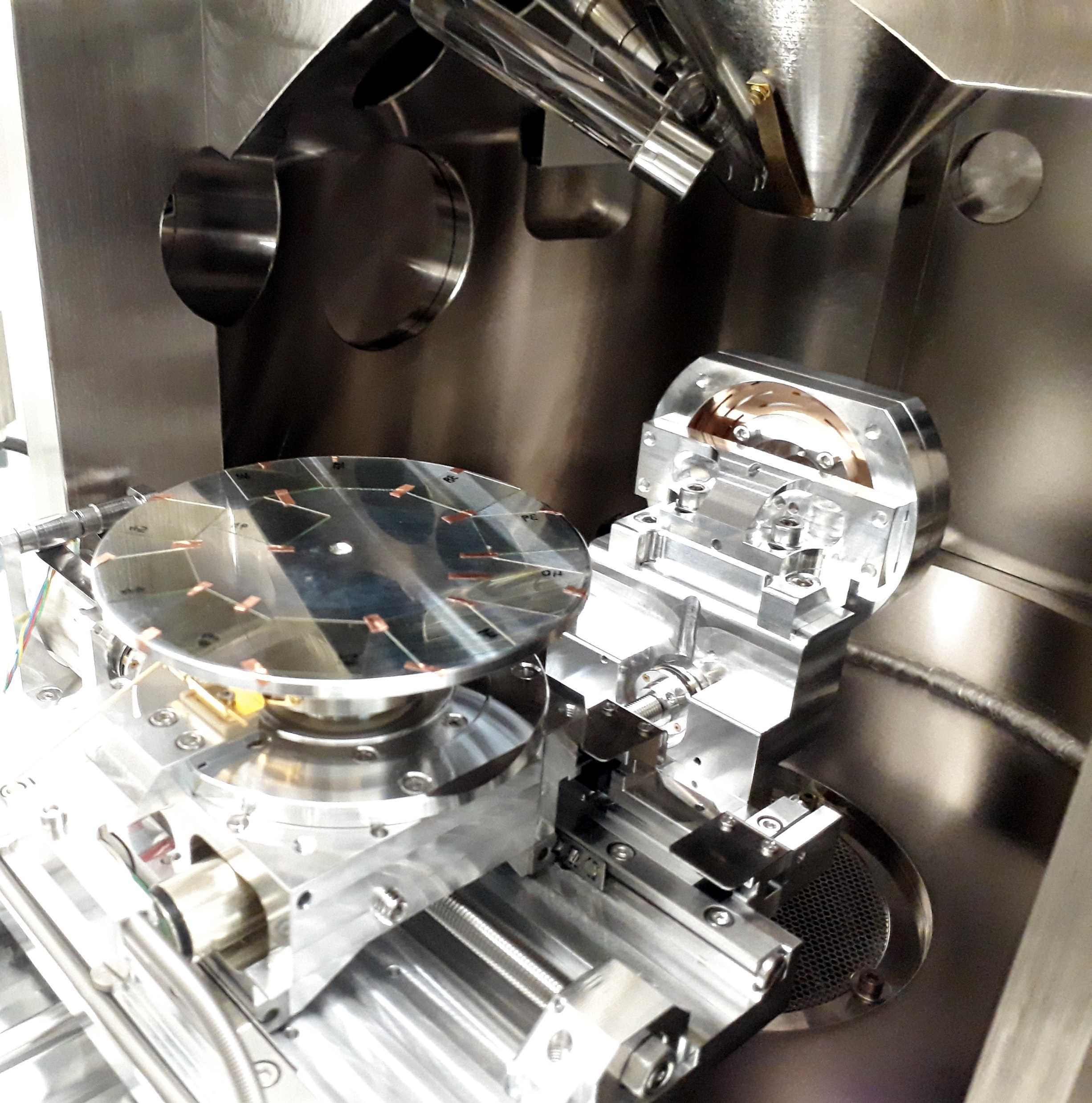
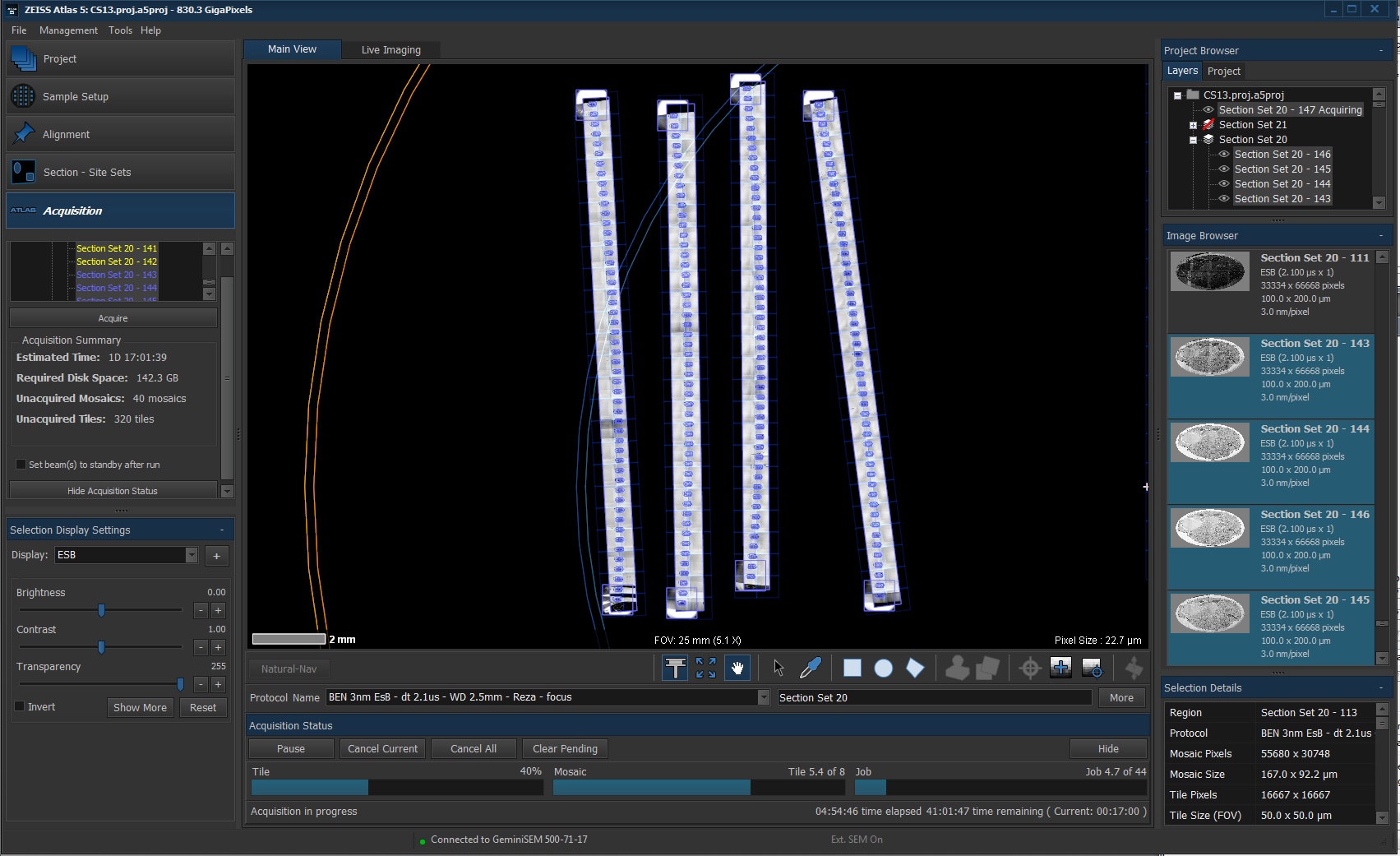
The nervous system of the larva
~2,000 neurons
Synaptic connectome
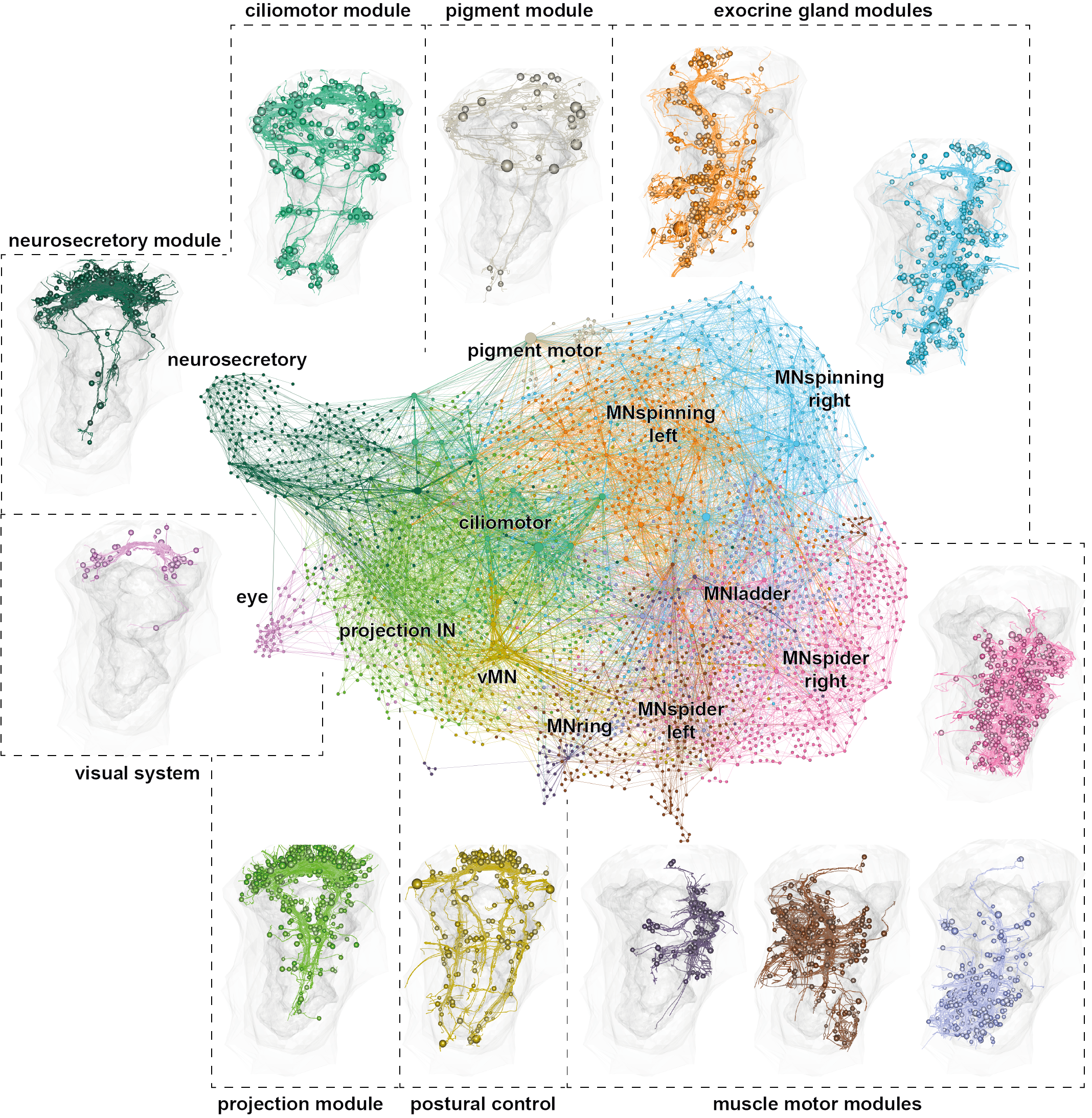
Circuit of ciliary photoreceptors
Circuit of ciliary photoreceptors
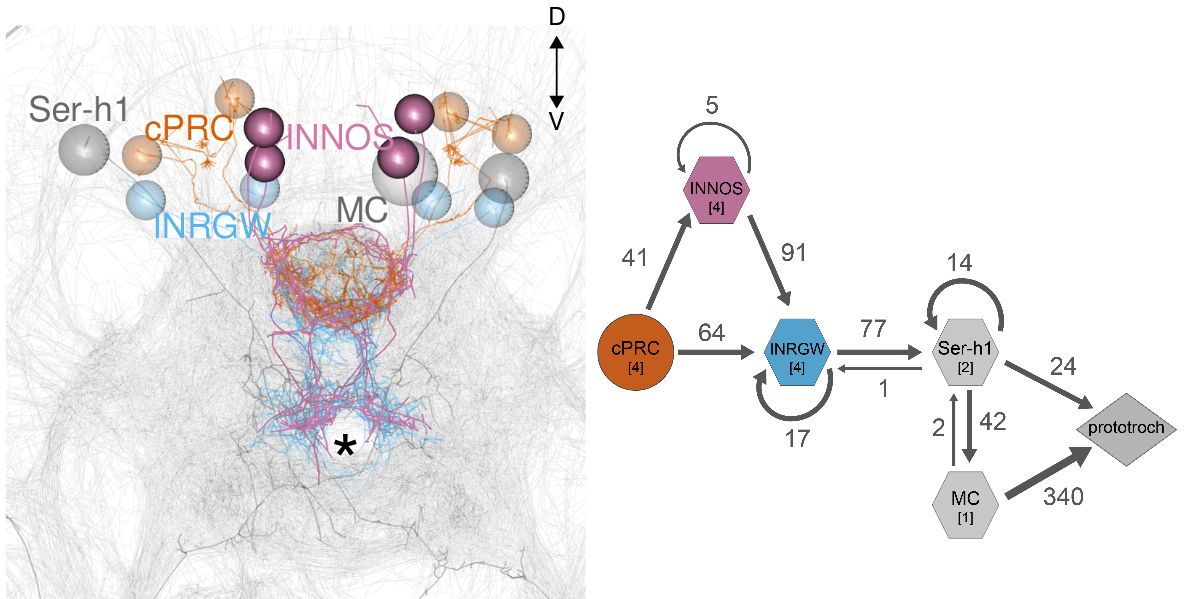
Circuit of ciliary photoreceptors
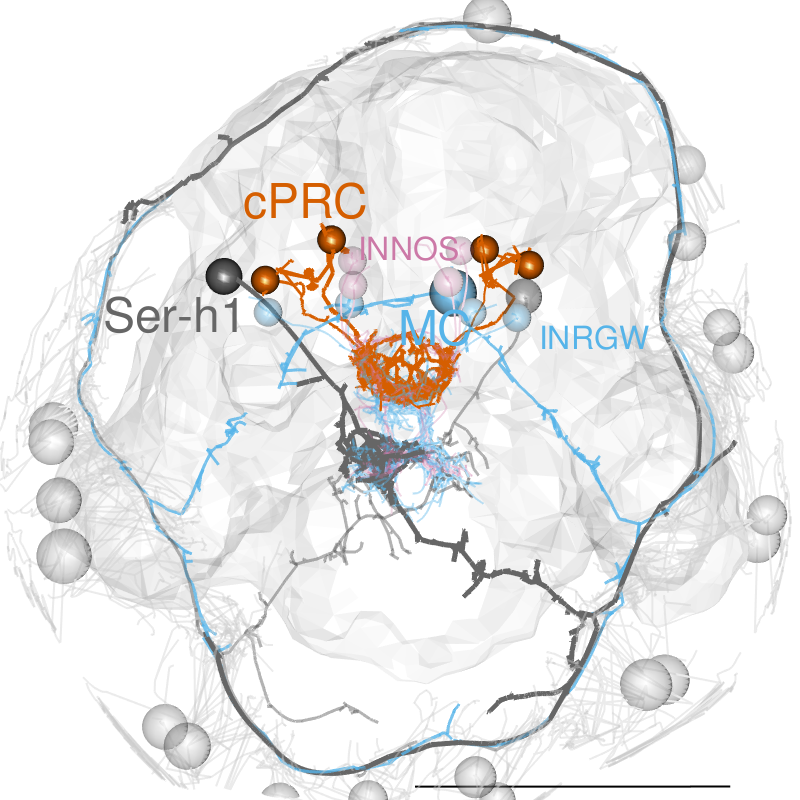
Serotonergic neurons to activate cilia
Ser-h1 neurons, EM reconstruction
Pressure increases ciliary beating through serotonergic cells
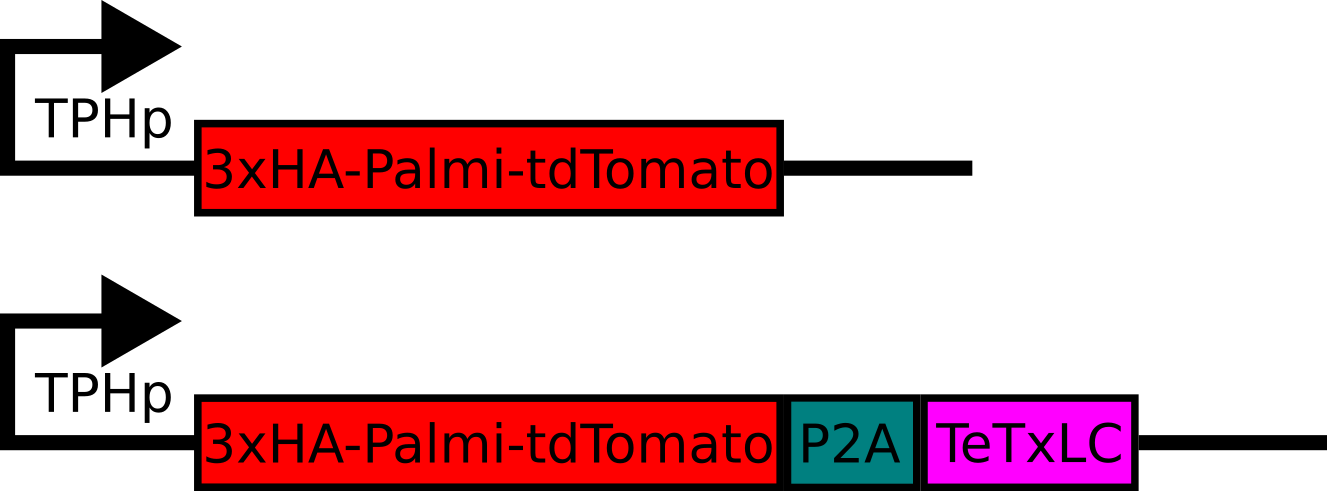
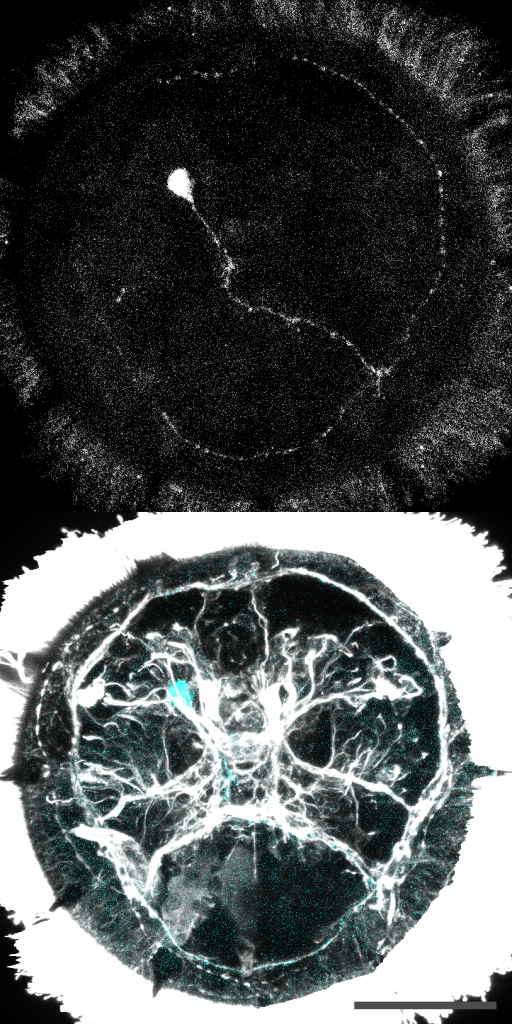
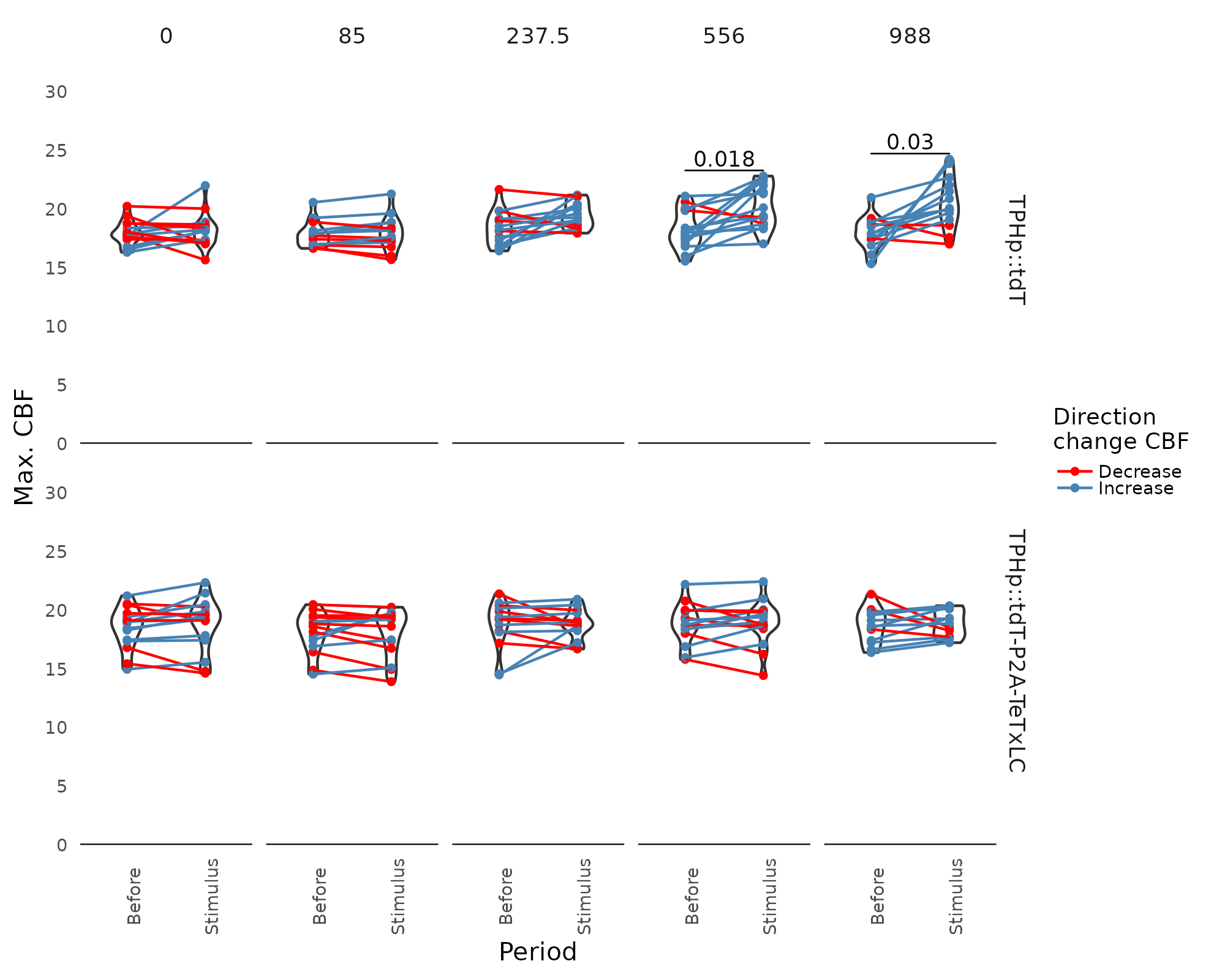
Mechanism of barotaxis
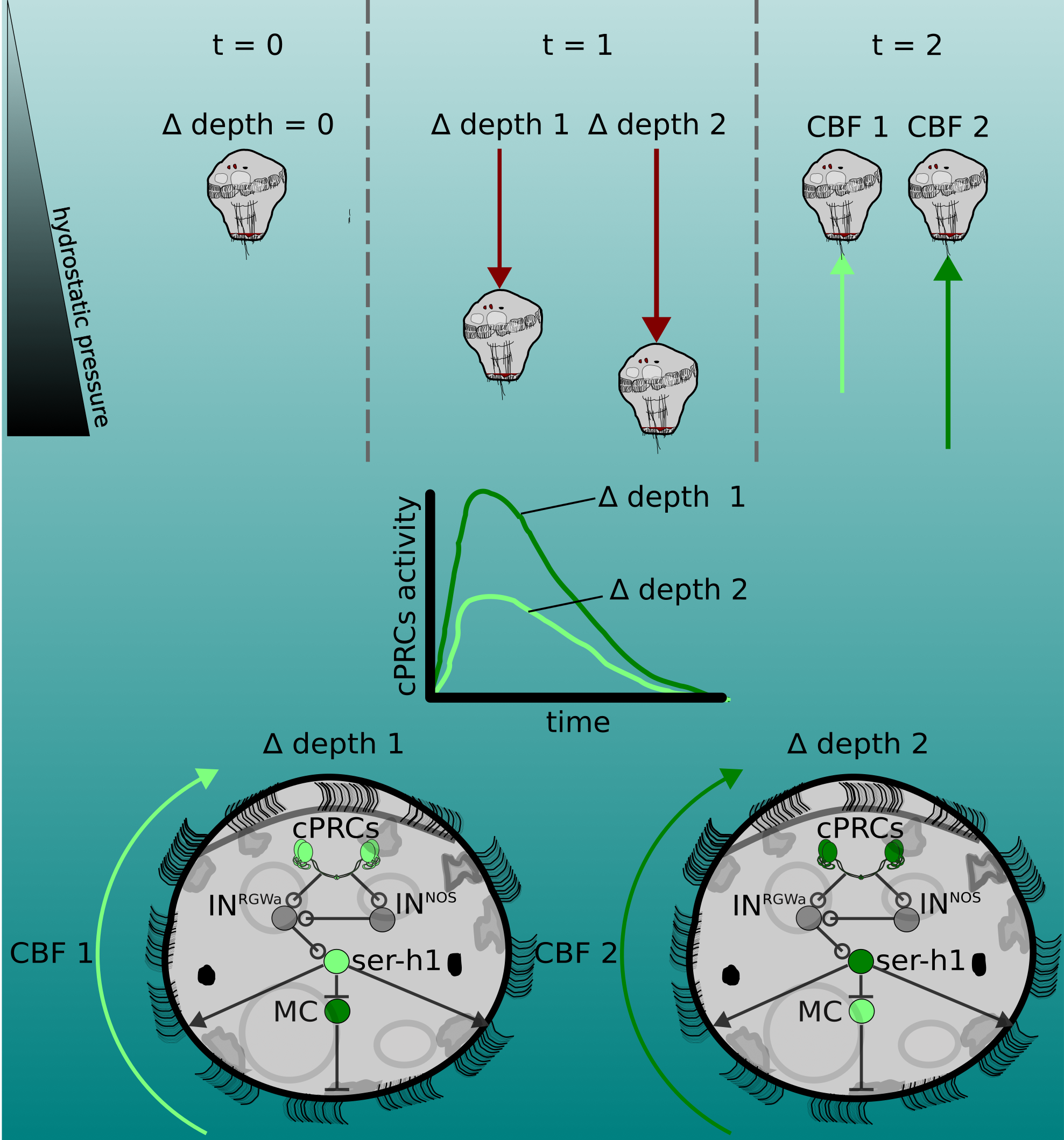
UV response in Platynereis larvae

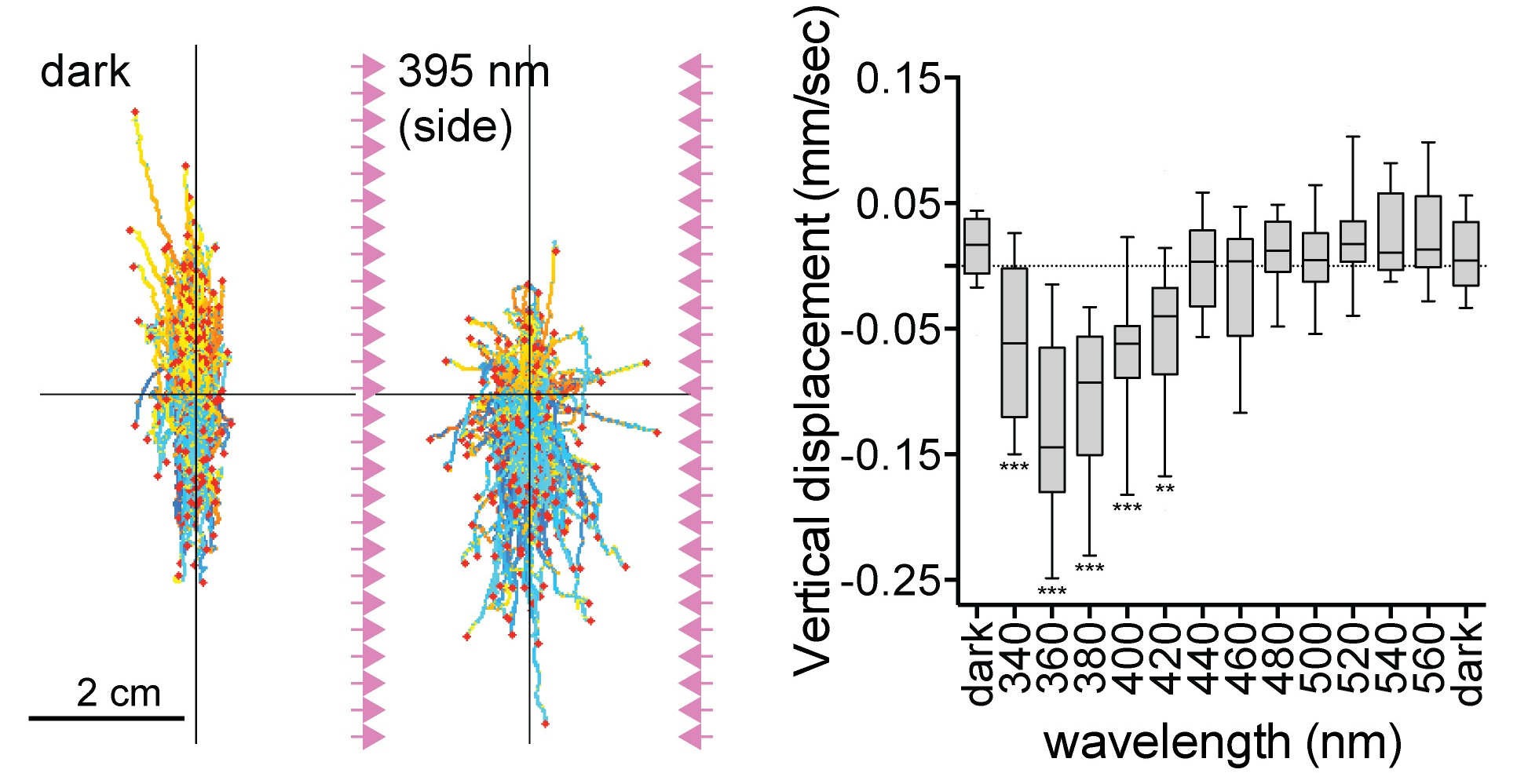
UV avoidance is dependent on c-opsin1
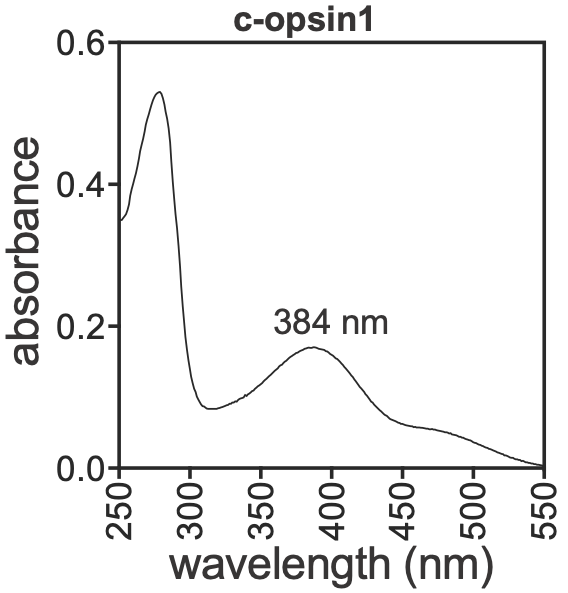
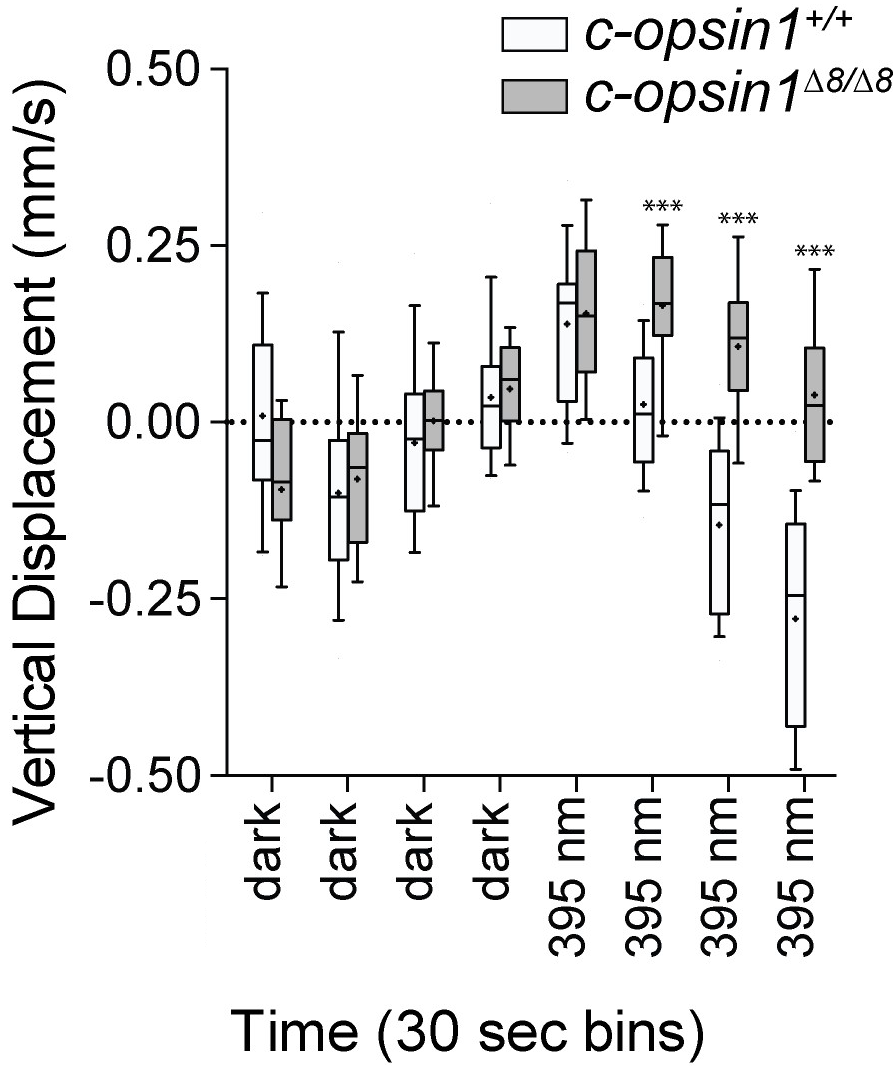
How can cPRCs mediate two responses with opposing sign?

c-opsin1-dependent UV response
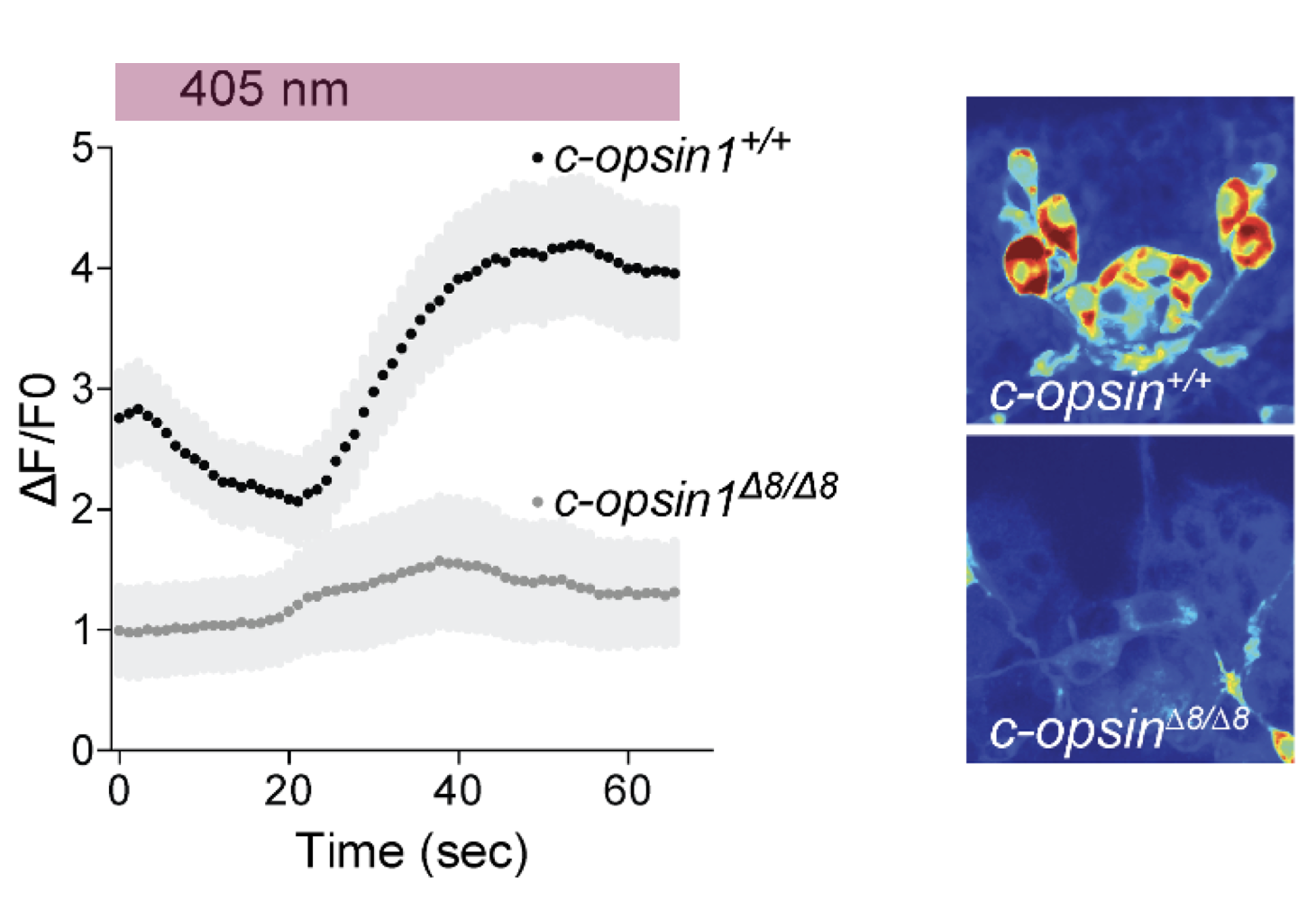
Strong cPRC activation after UV exposure
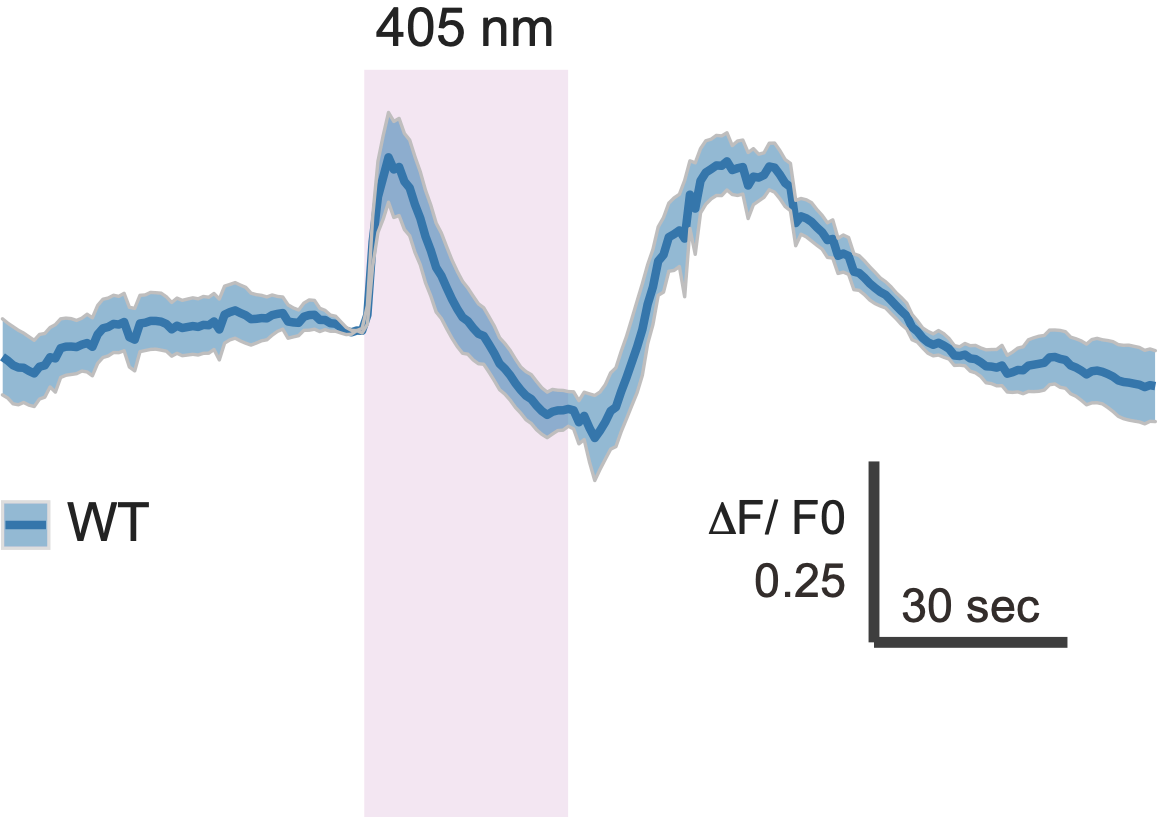

Nitric-oxide synthase in postsynaptic interneurons

HCR
Transgenic labelling
NO is produced in the neuropil after UV stimulation
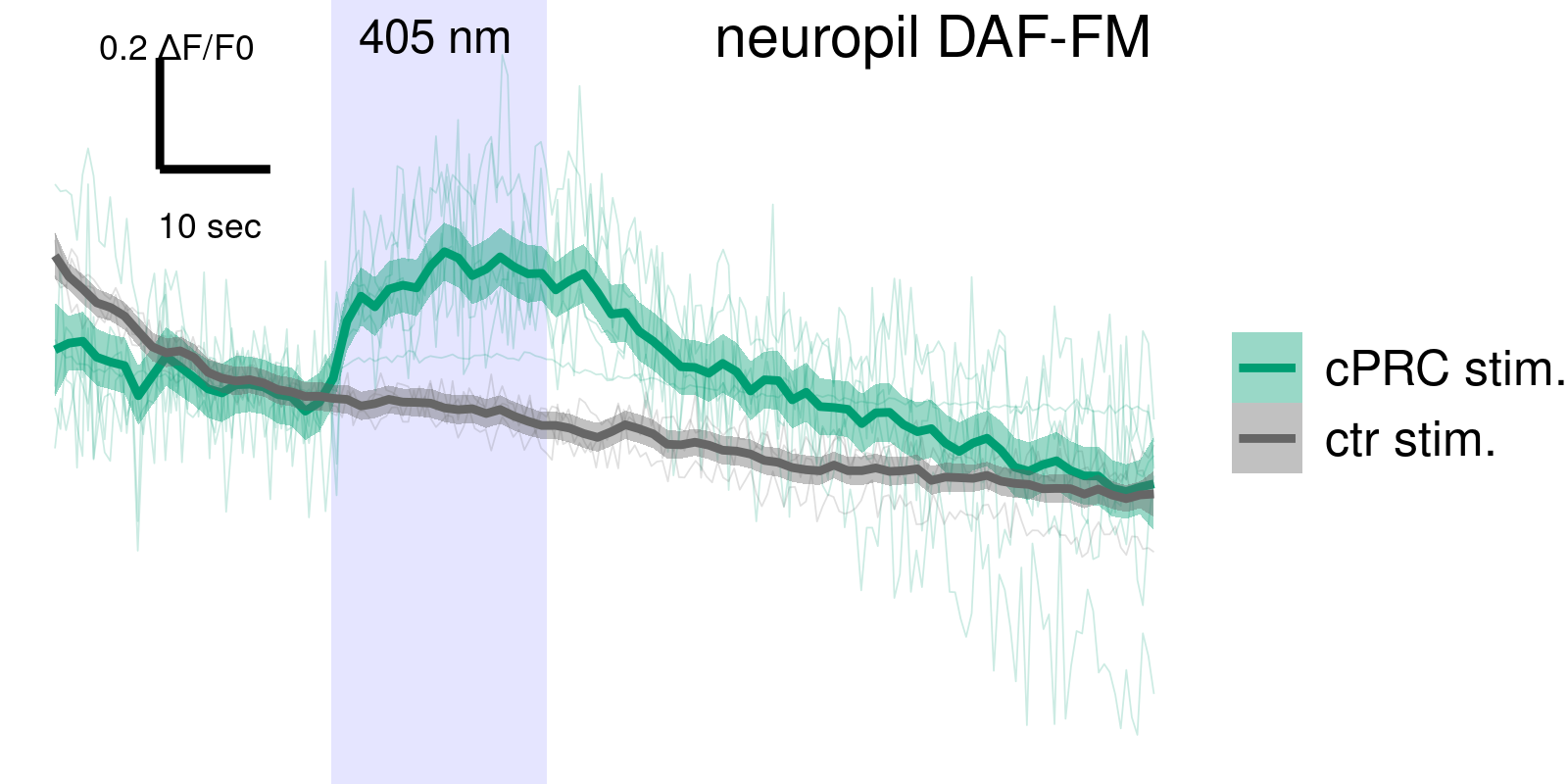
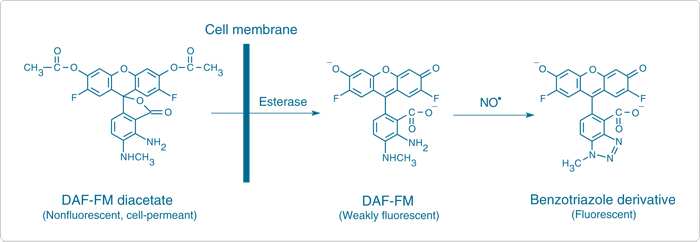
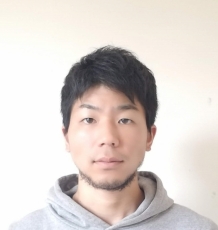
Kei Jokura (now @NIBB)
NOS mutants have altered cPRC response
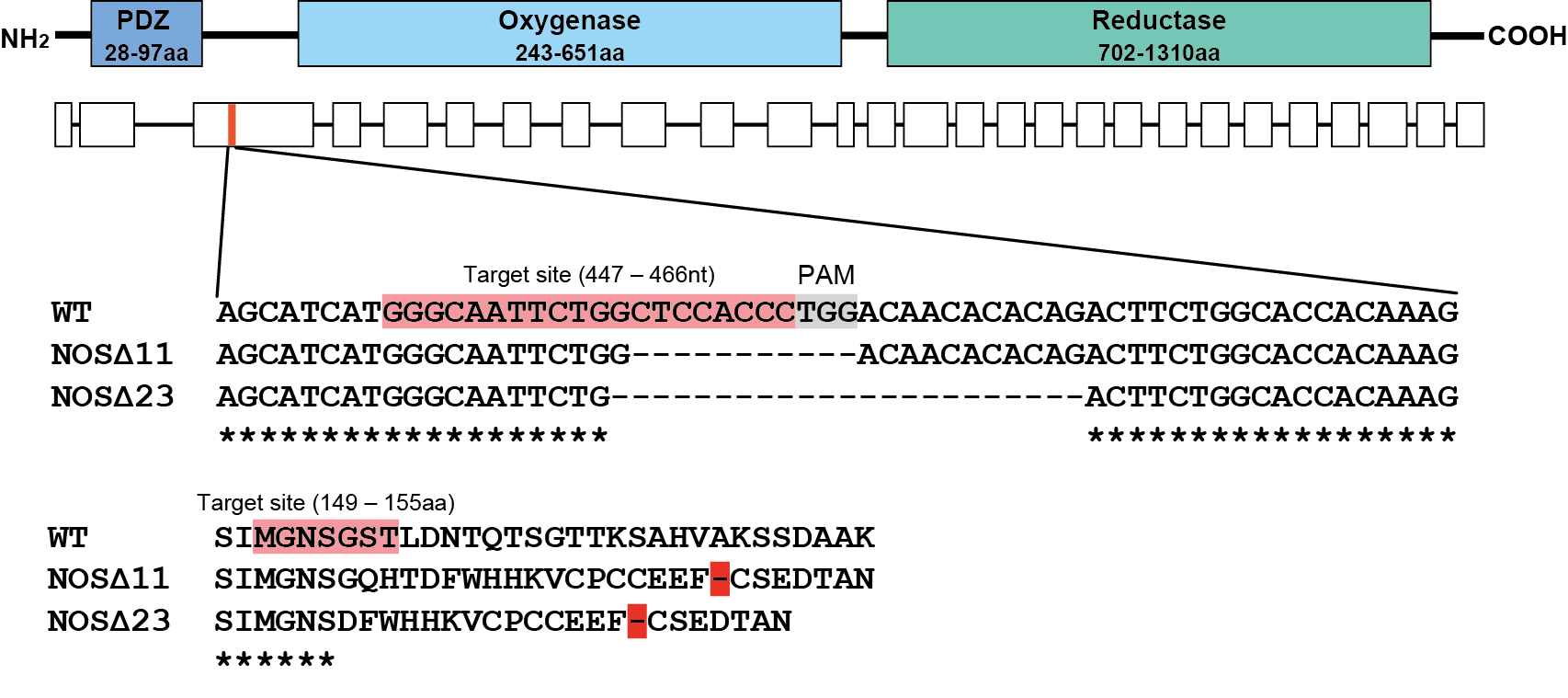
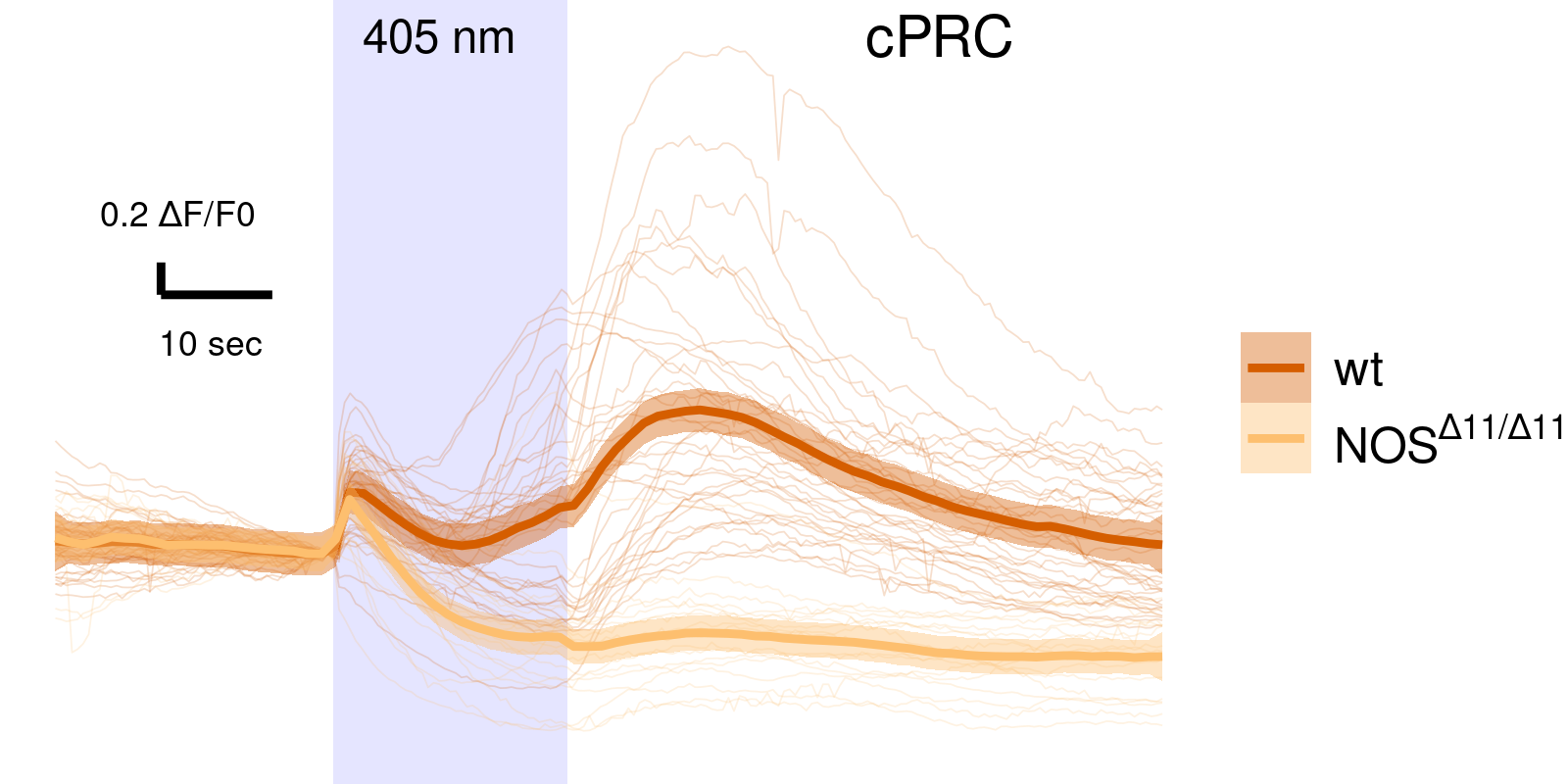
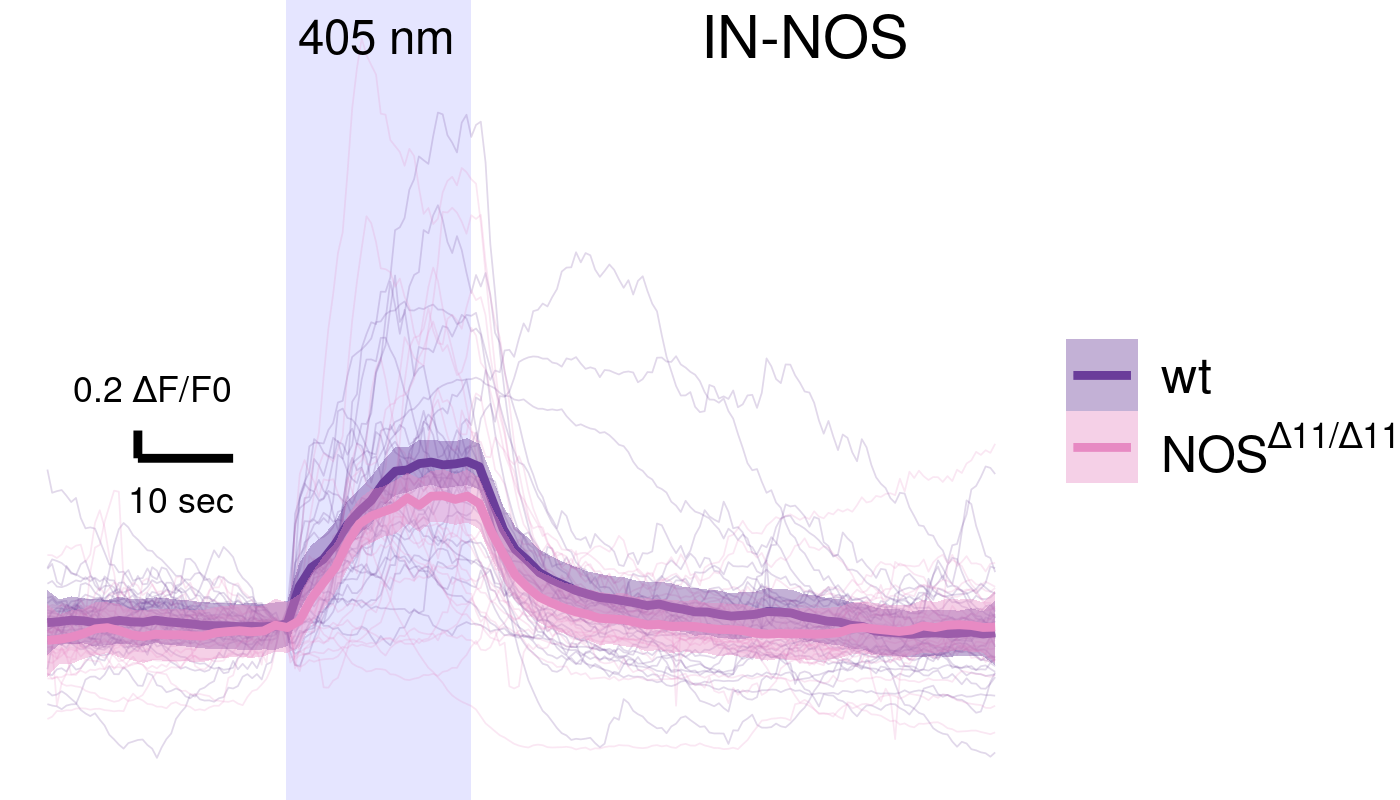
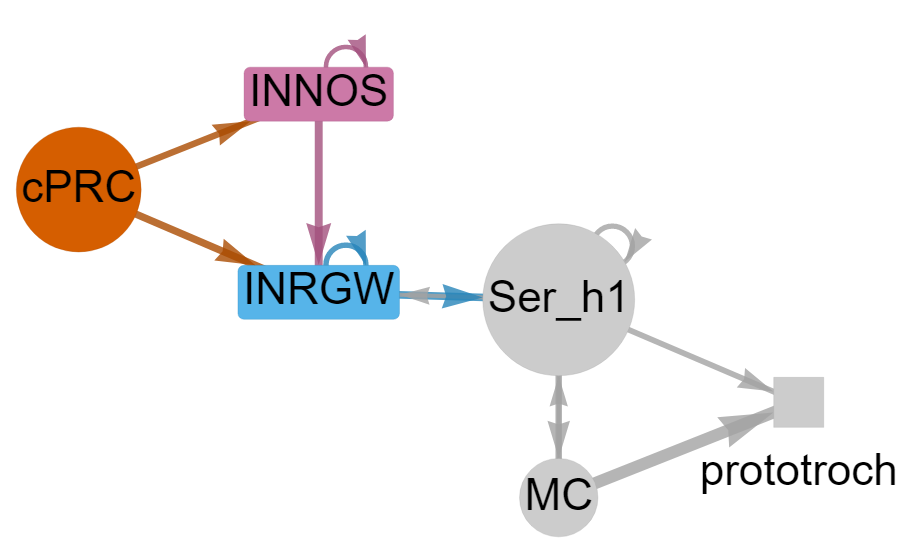
NOS mutants show defective UV avoidance
![]()
An unusual guanylyl cyclase in the cPRCs
NIT-GC1 RNA
NIT-GC1 protein
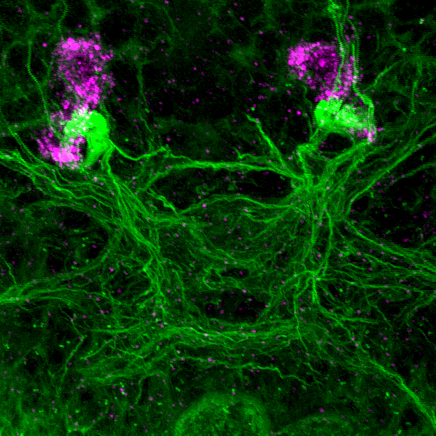
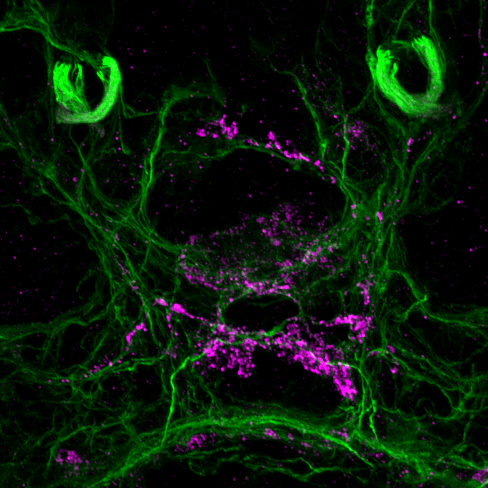
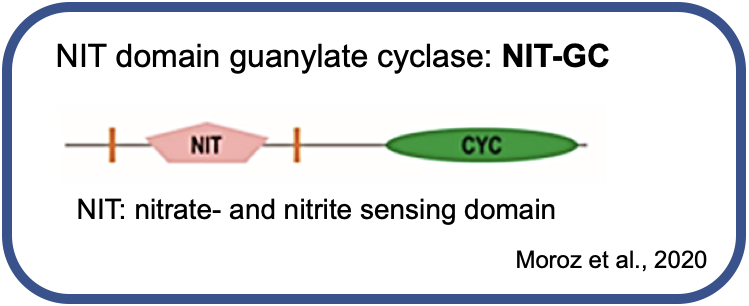
An unusual guanylyl cyclase in the cPRCs
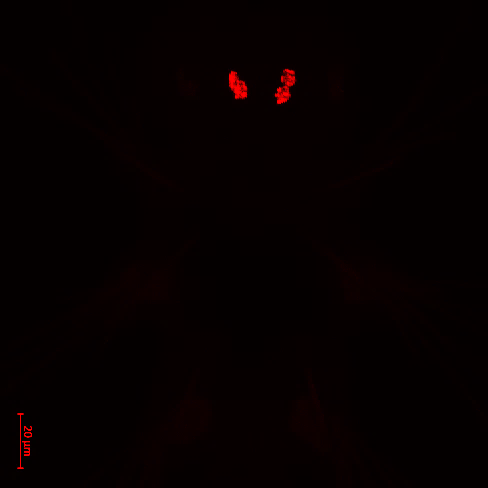
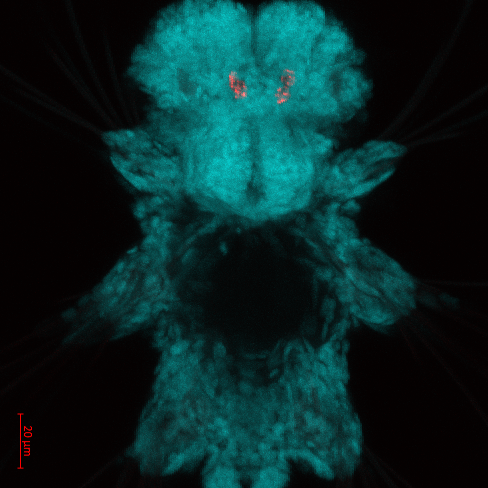
NIT-GC1 mediates NO-feedback

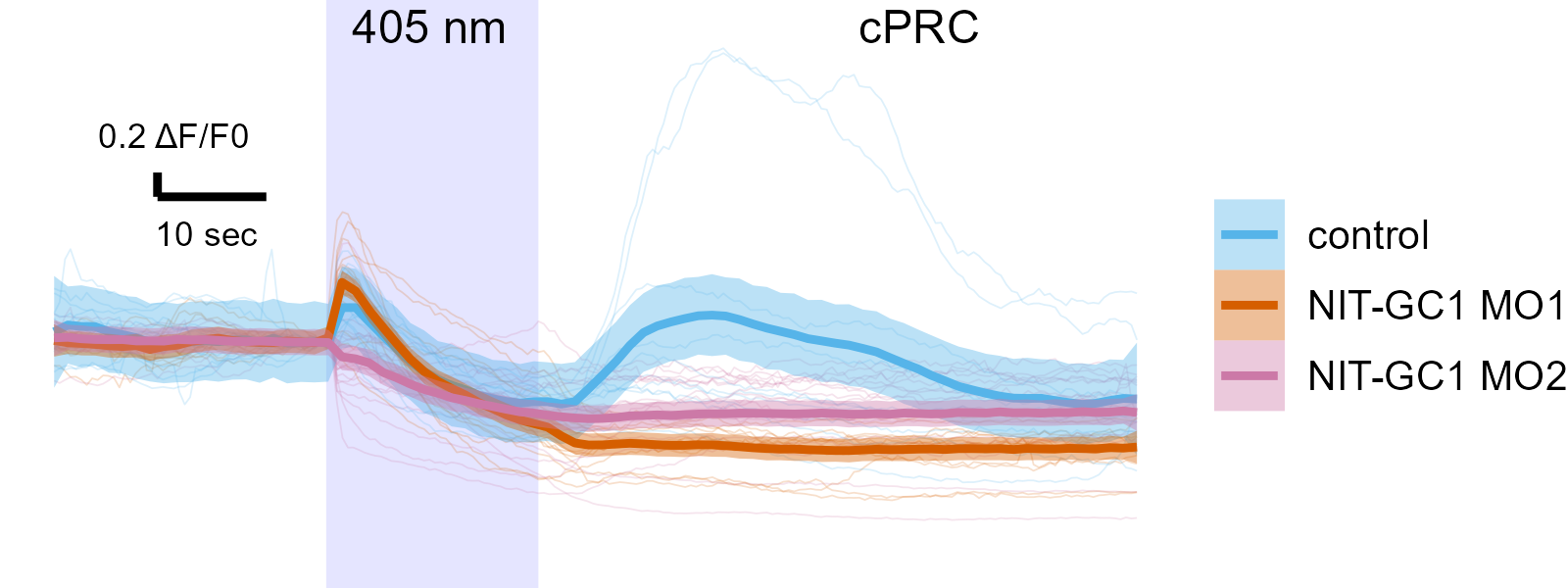
Mixed synaptic and volume signalling
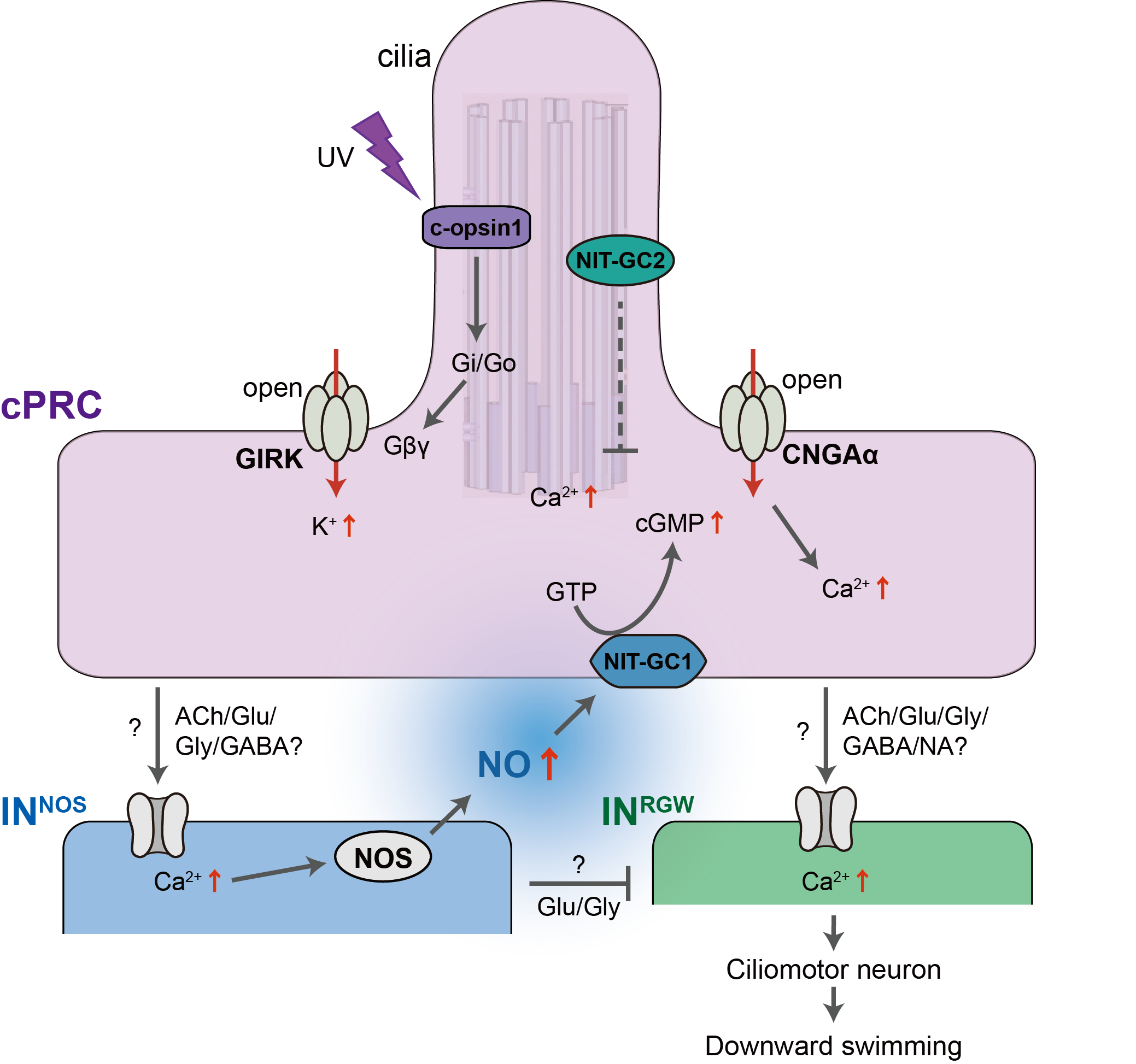
Acknowledgements
- Sanja Jasek
- Alexandra Kerbl
- Emily Savage
- Simone Wolters
- Lara Keweloh
- Kevin Urbansky
- Karel Mocaer
- David Hug
- Benedikt Dürr
- Ira Maegele
- Emelie Brodrick (Exeter)
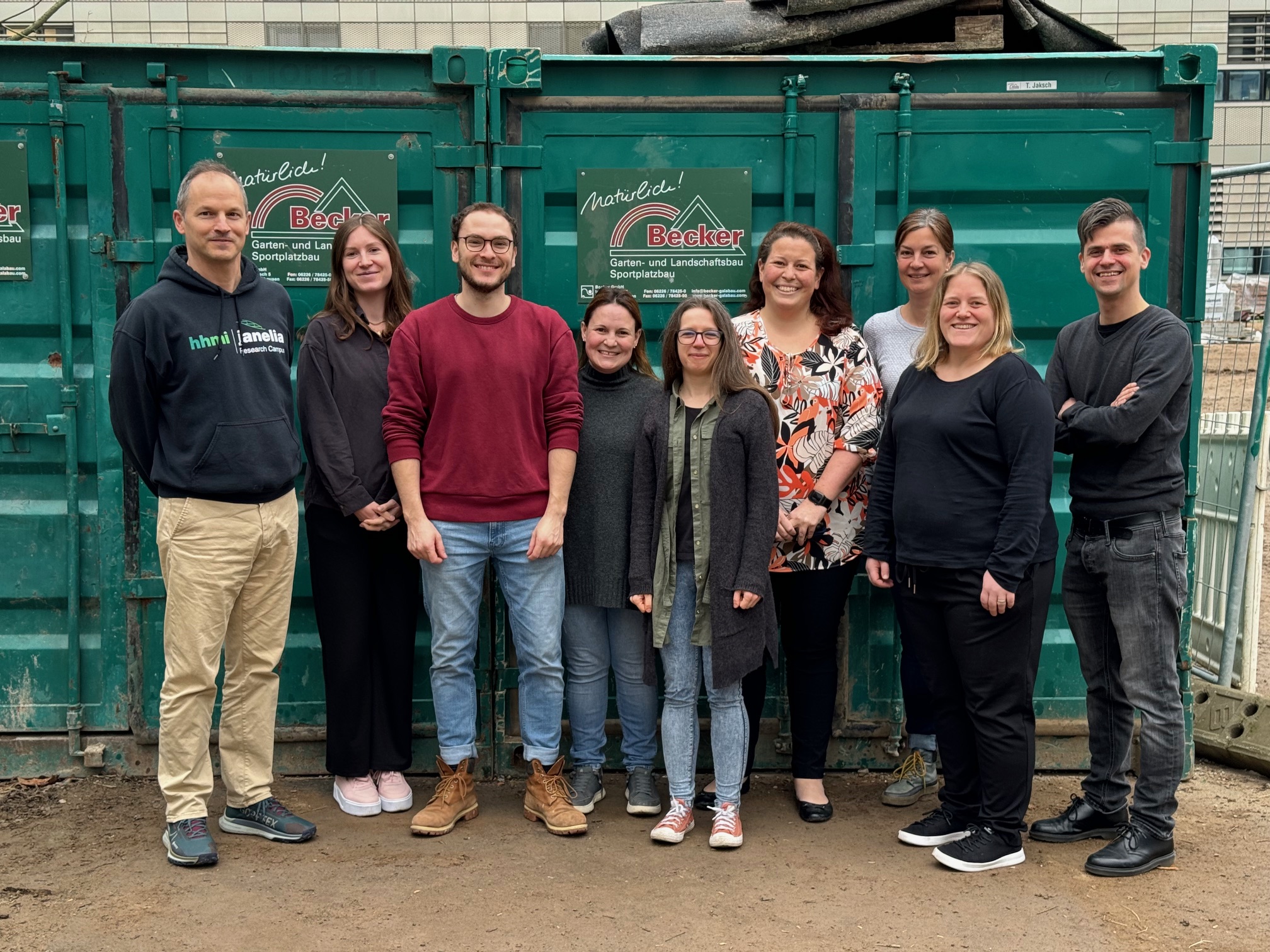

Former lab members
- Kei Jokura, Luis A. Bezares-Calderón, Luis A. Yanez-Guerra, Victoria Moris, Daniel Thiel, Albina Asadulina, Cameron Hird, Adam Johnstone, Markus Conzelmann, Nadine Randel, Philipp Bauknecht, Martin Gühmann, Cristina Pineiro-Lopez, Nobuo Ueda, Aurora Panzera, Csaba Verasztó, Elizabeth Williams
